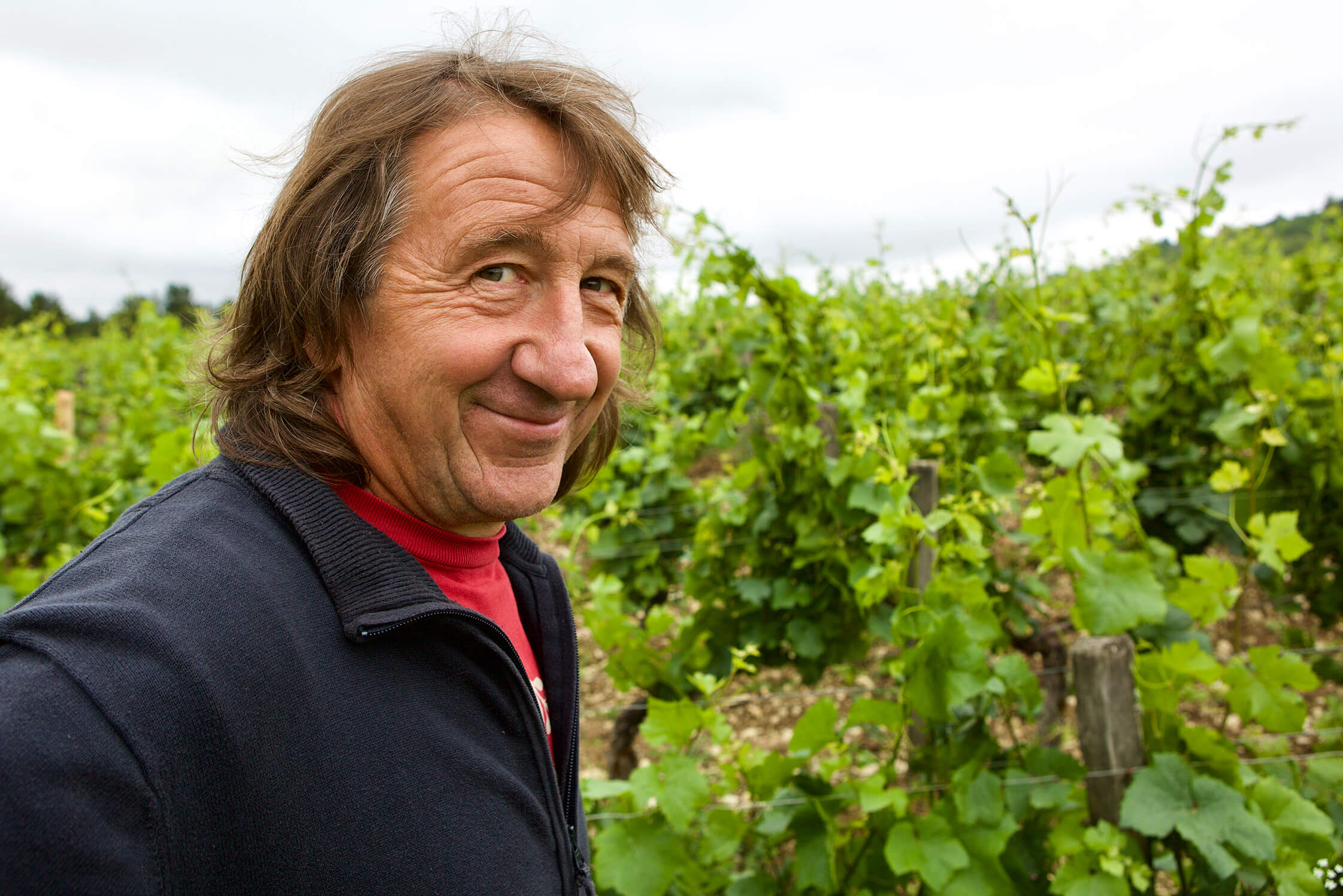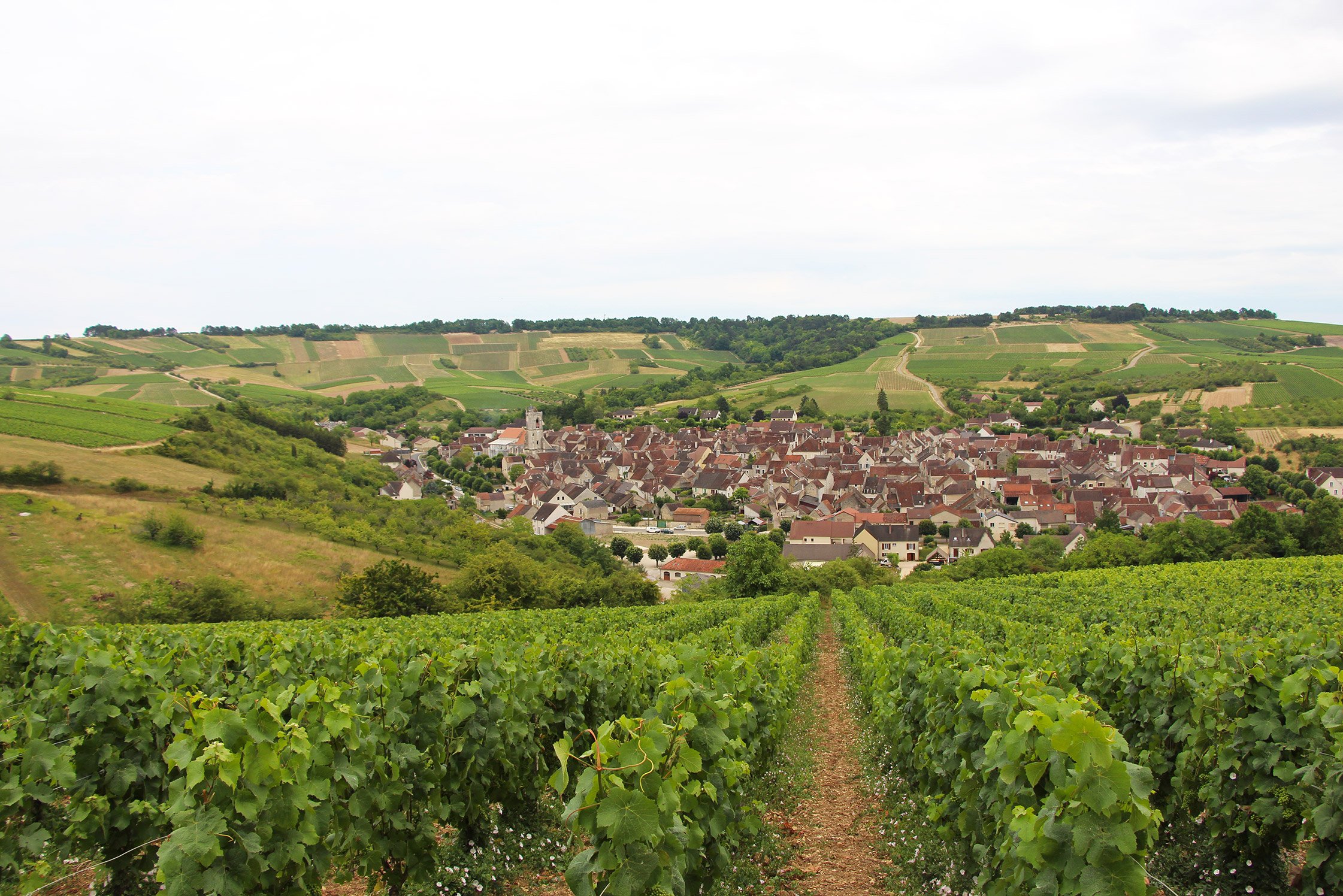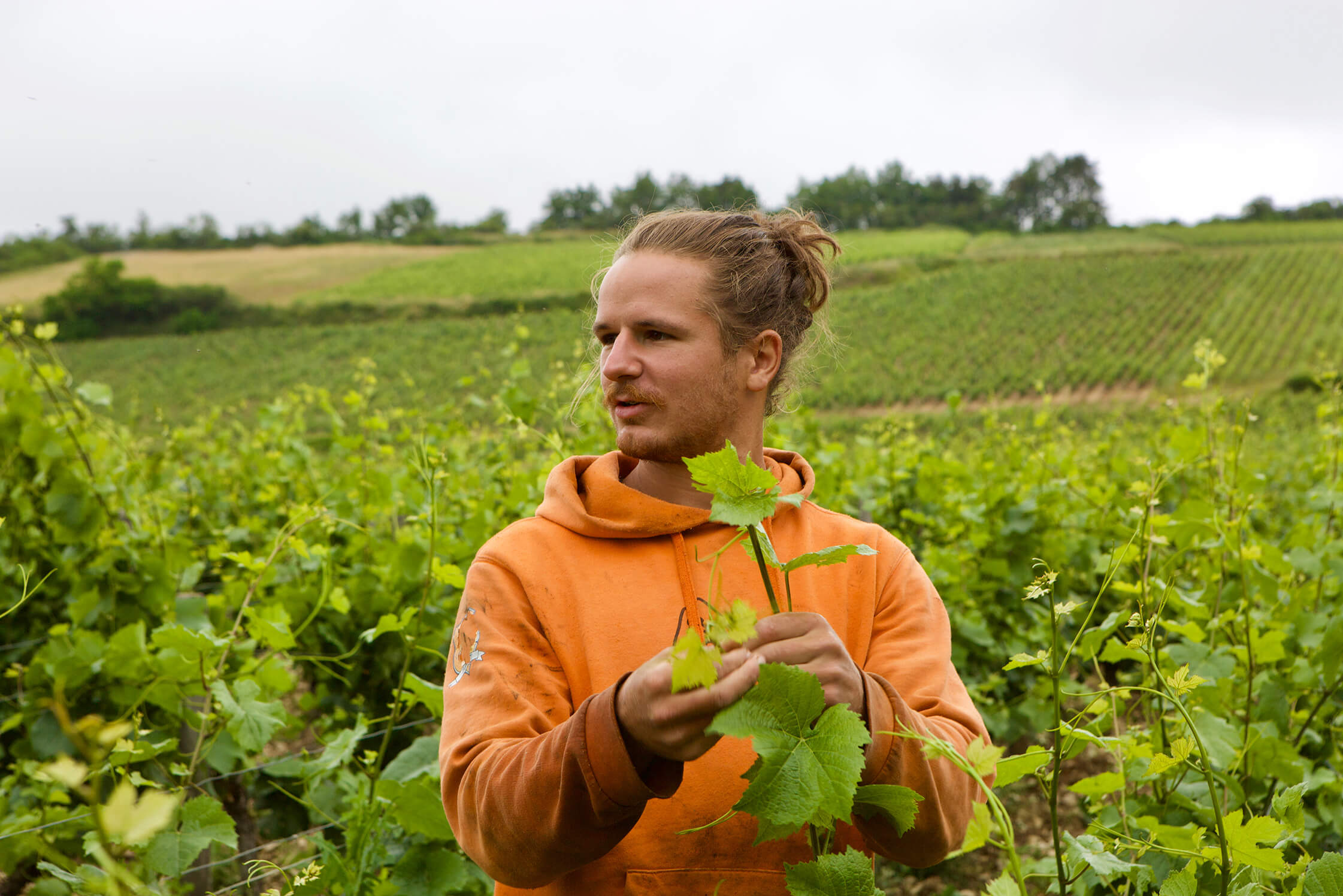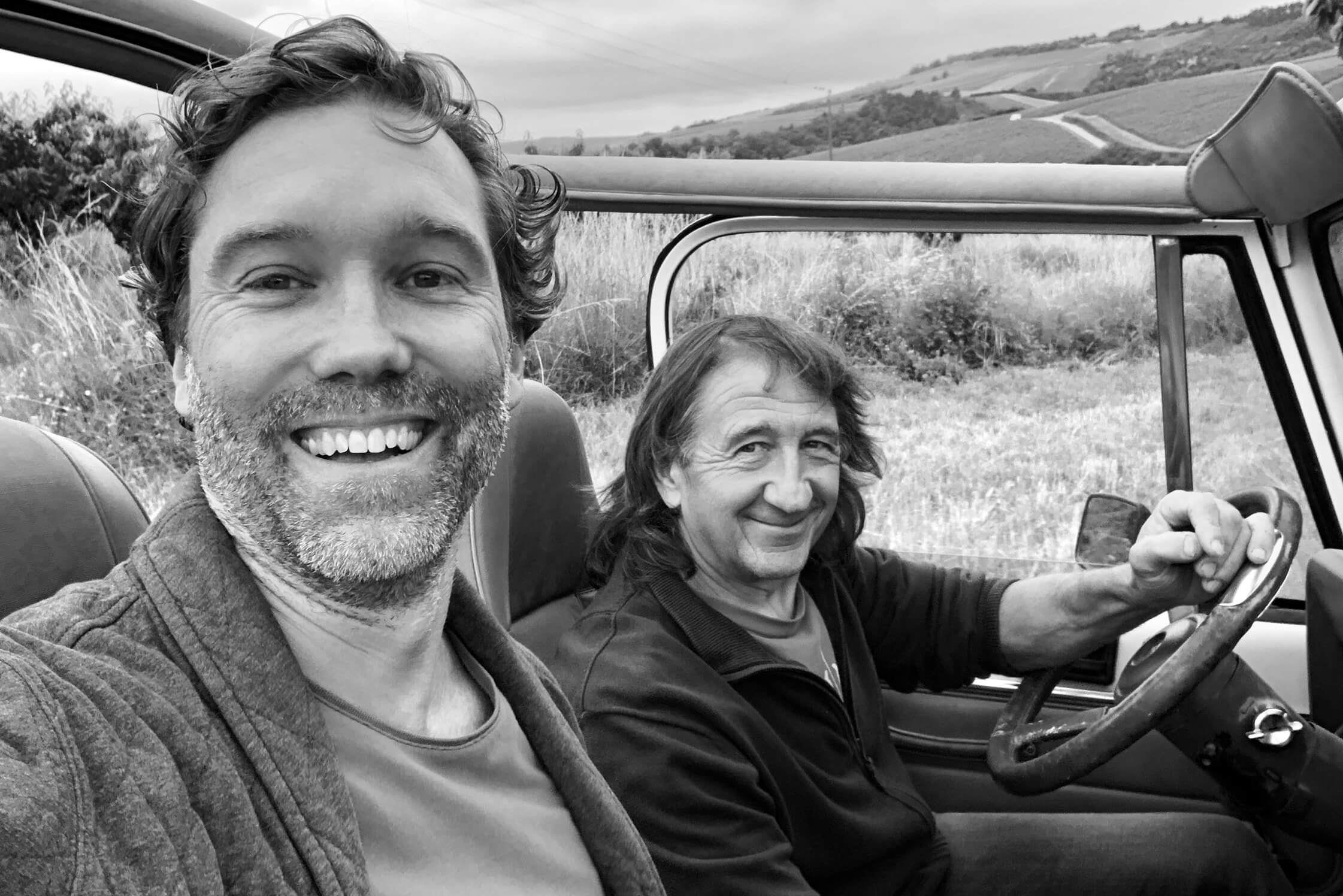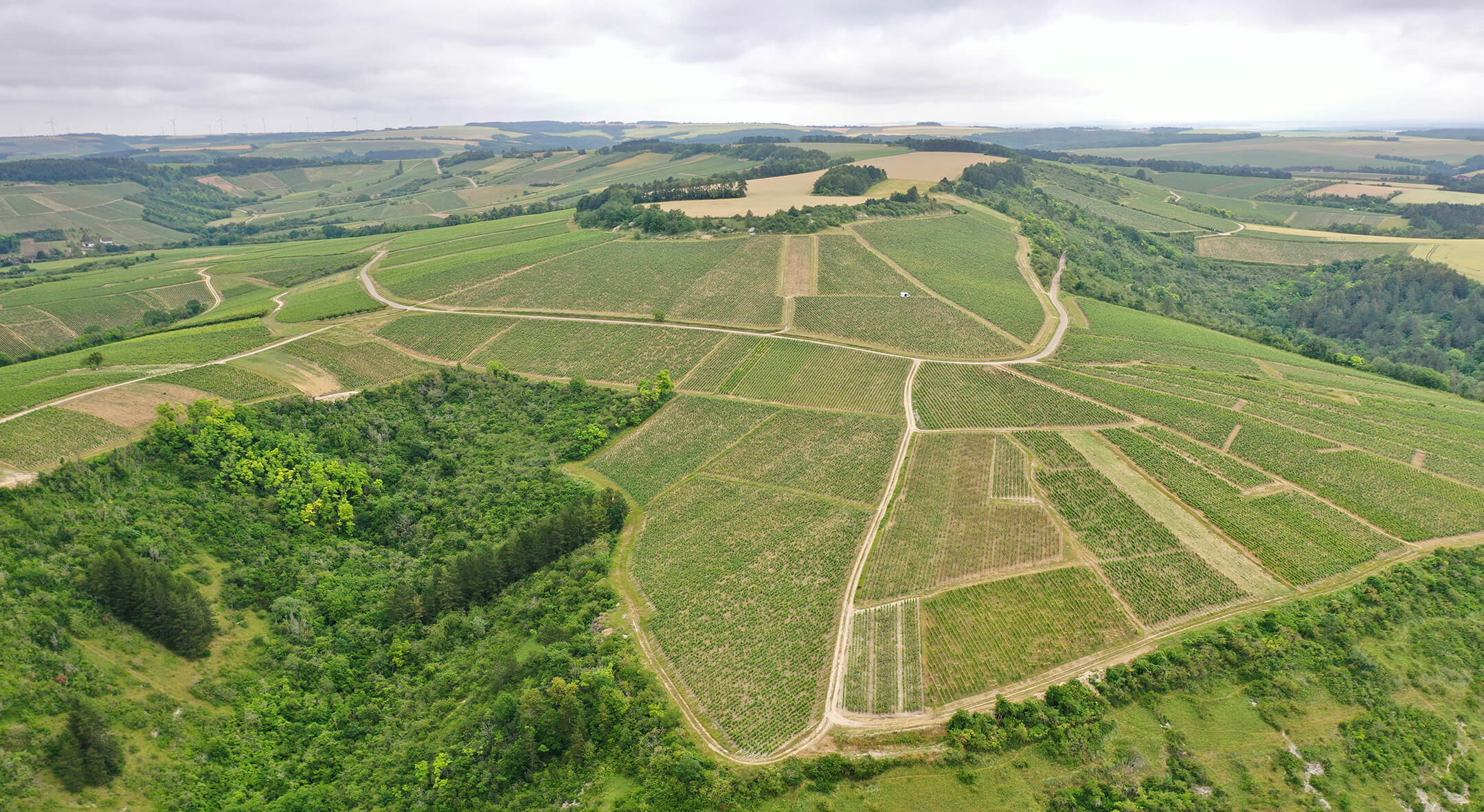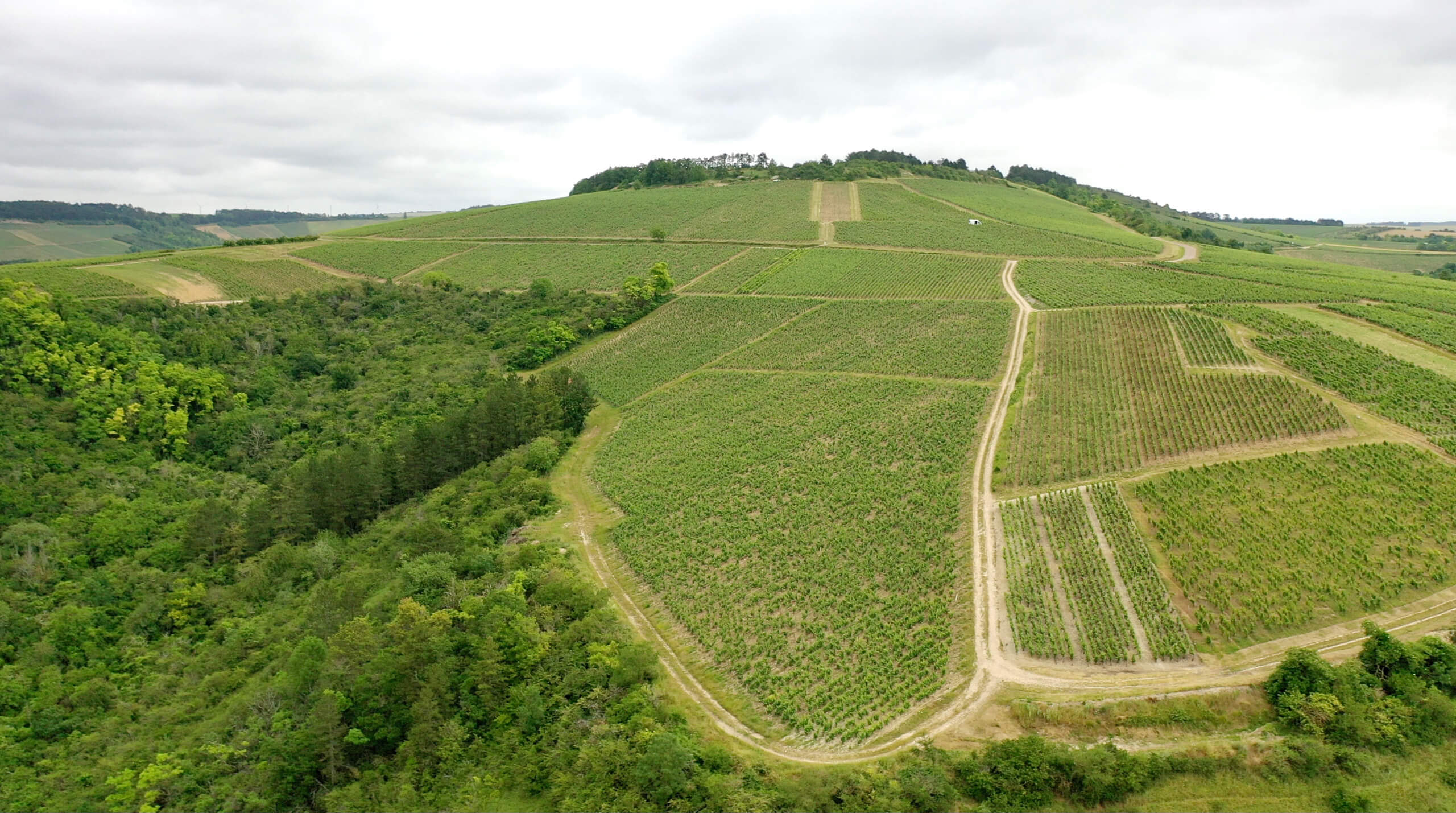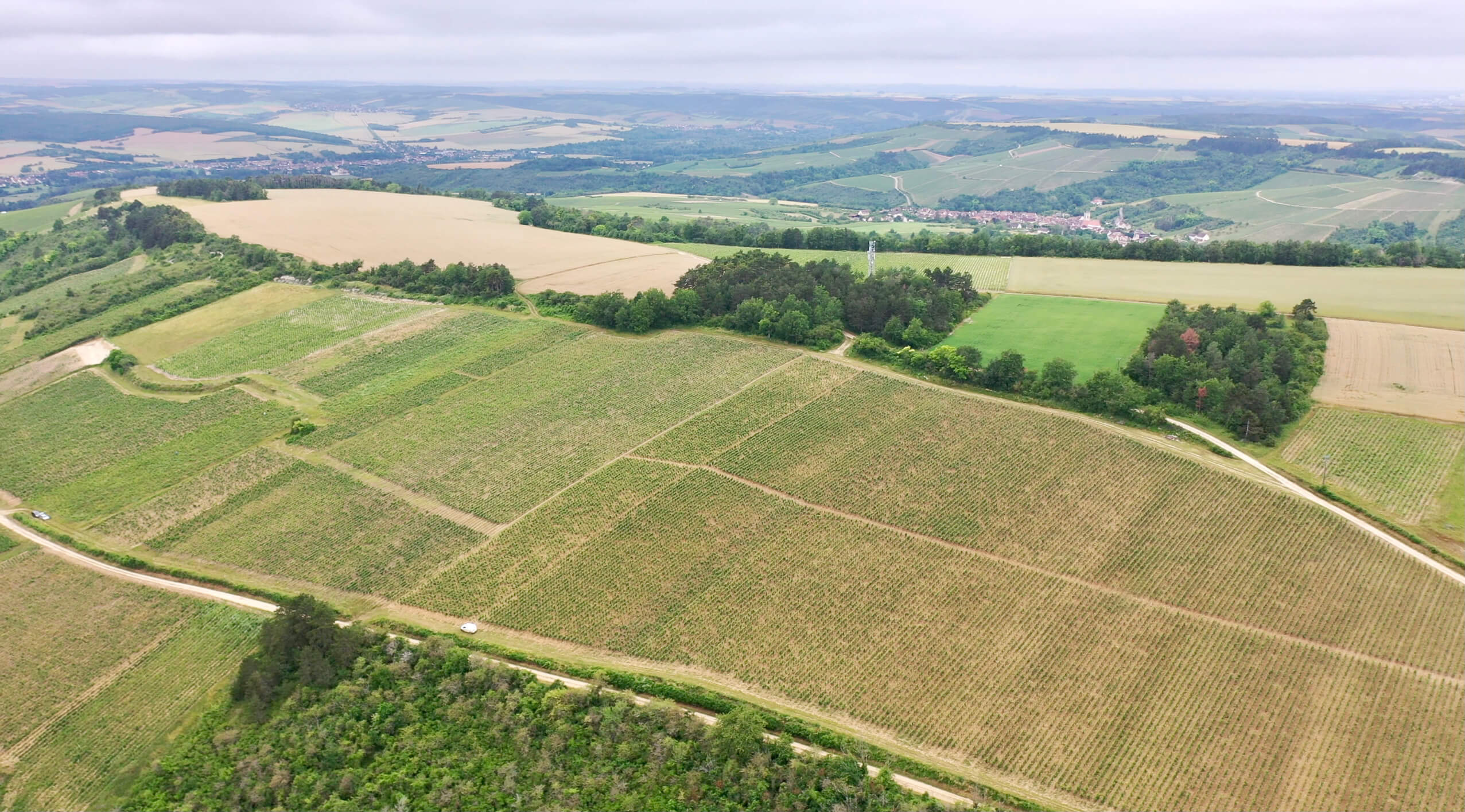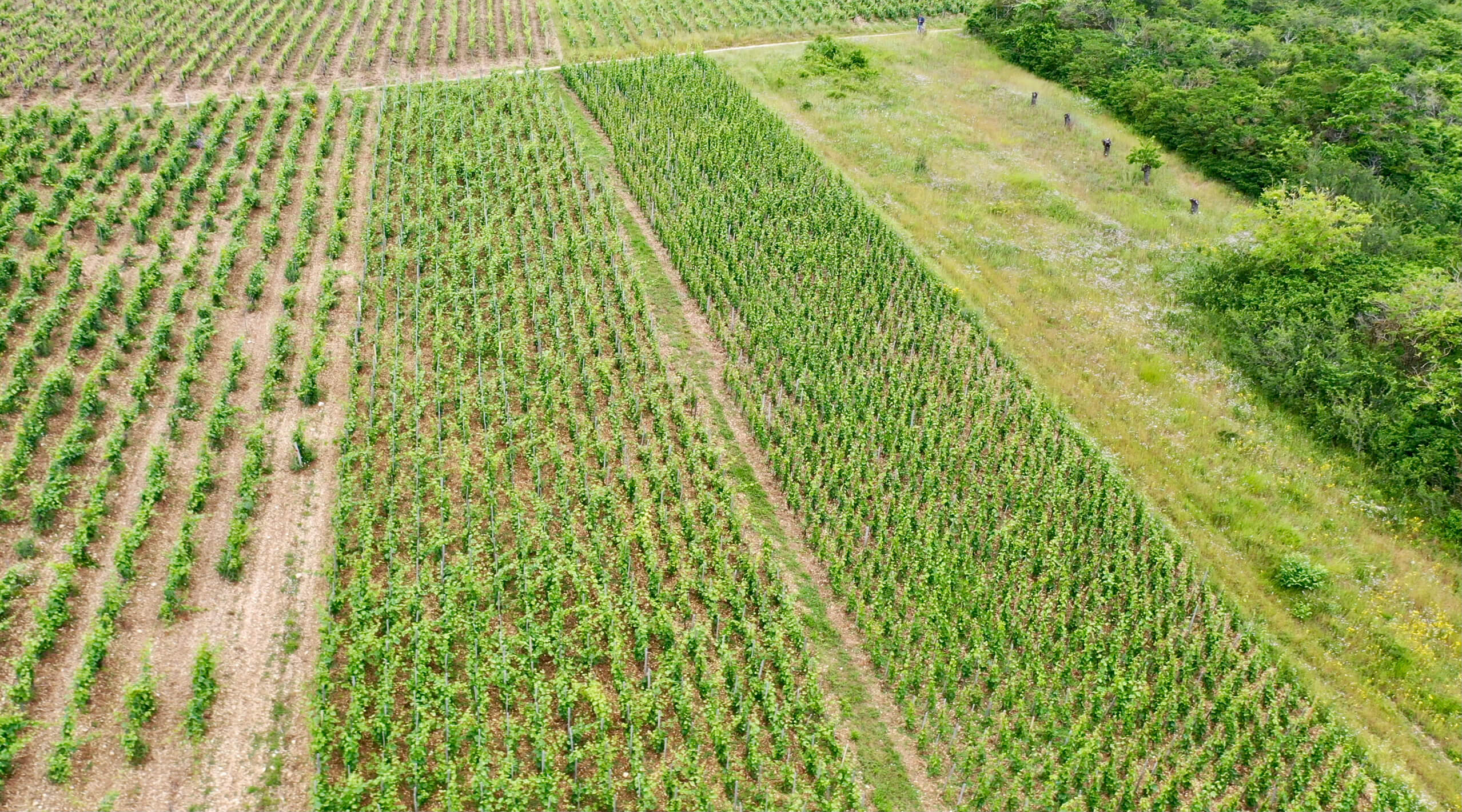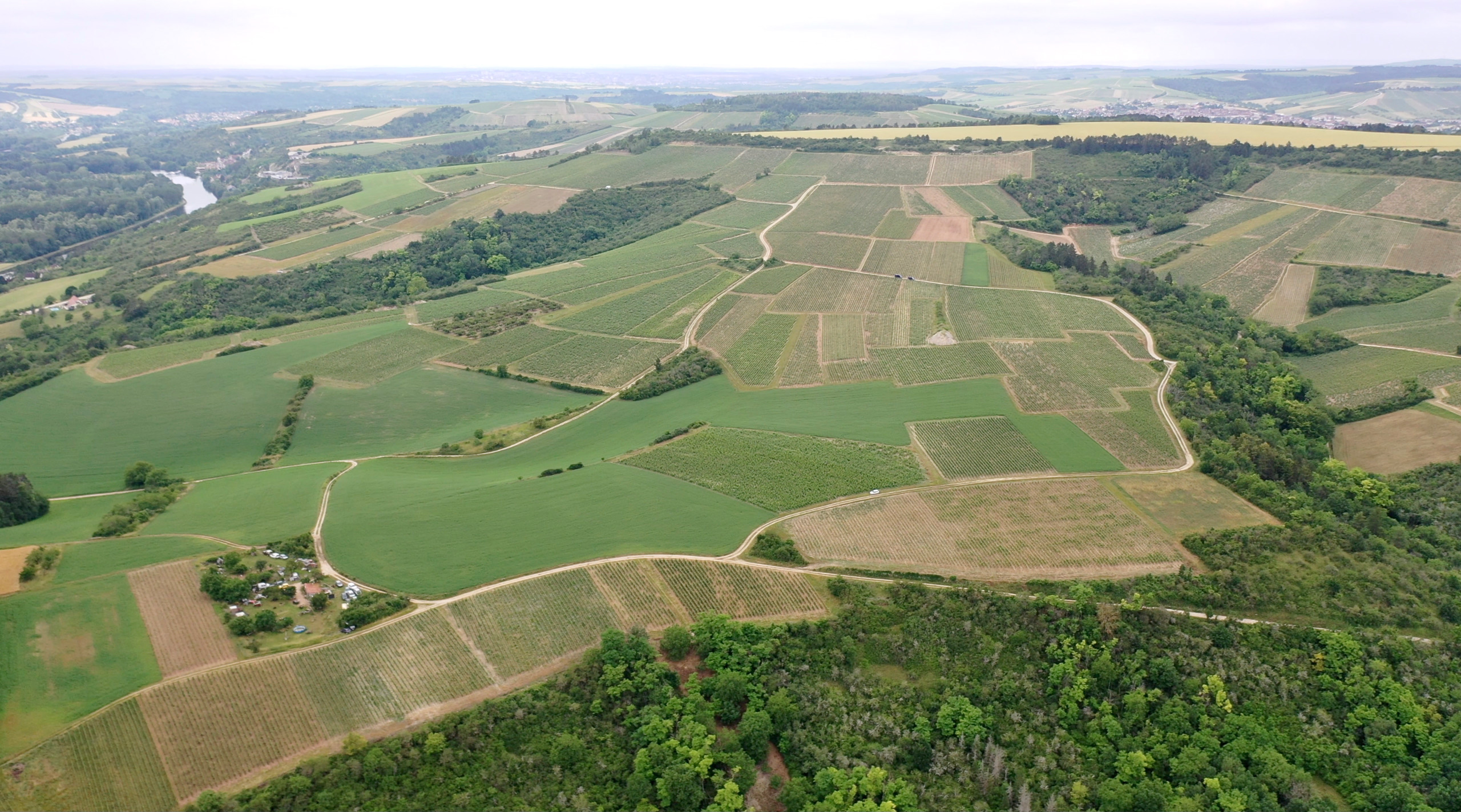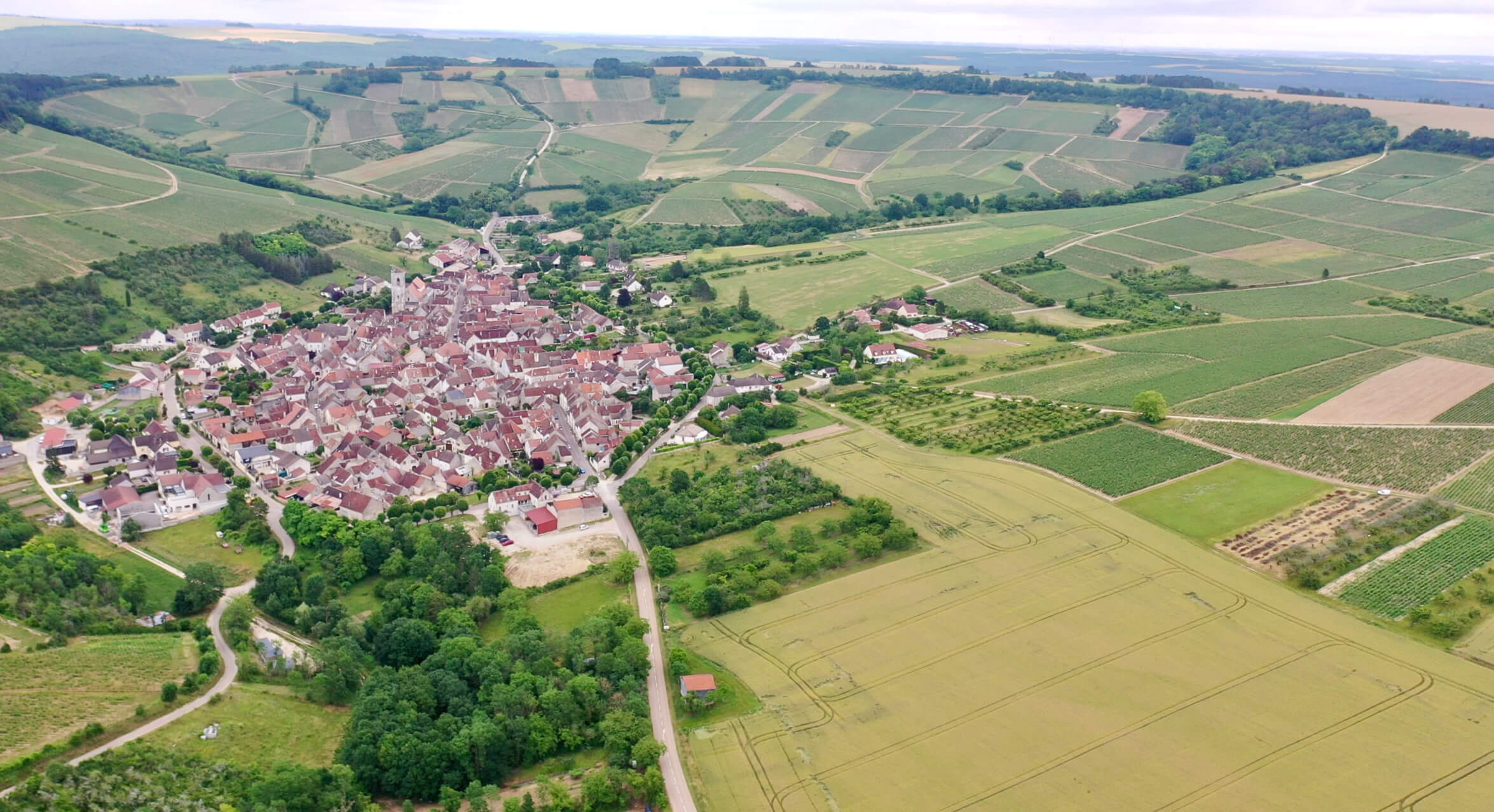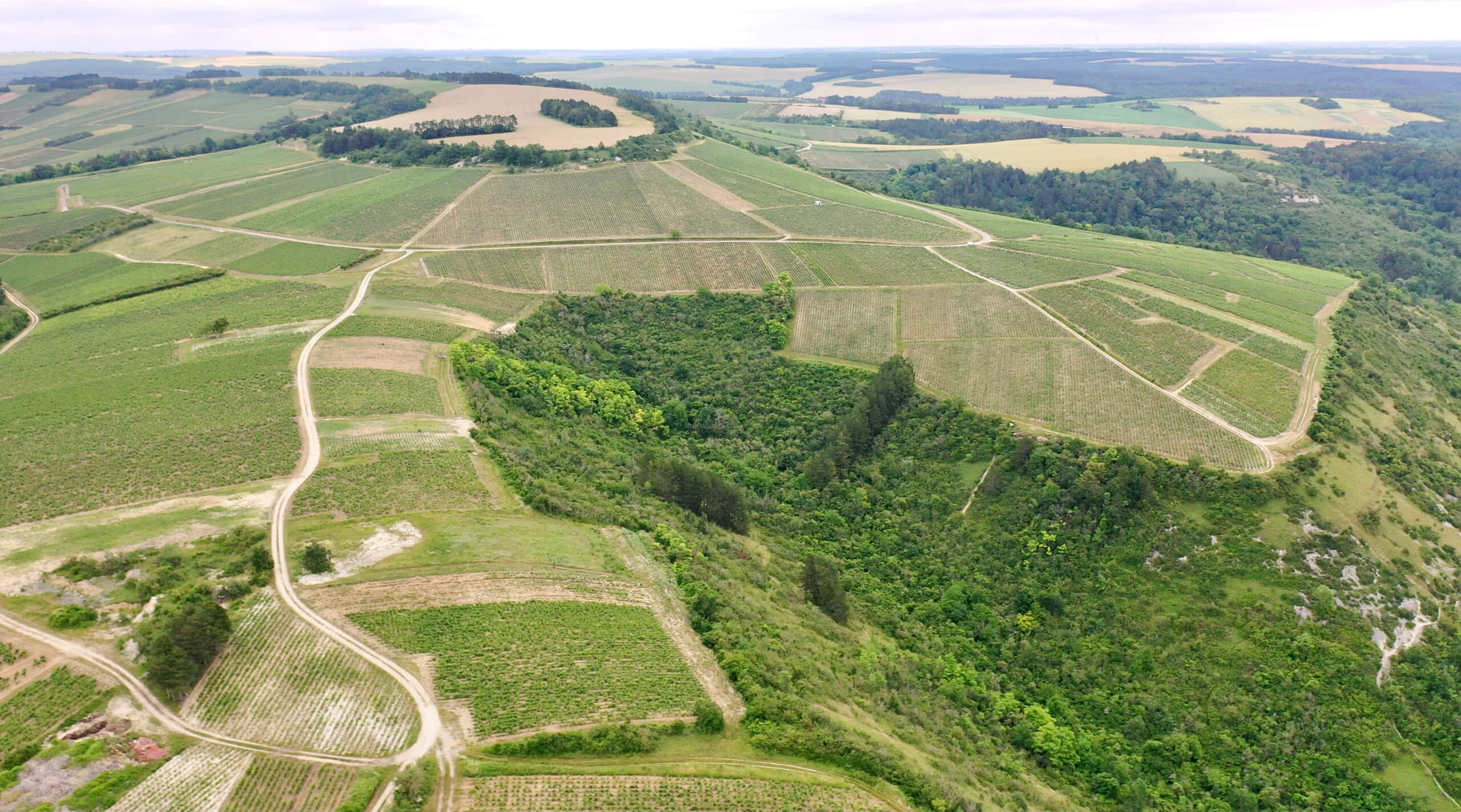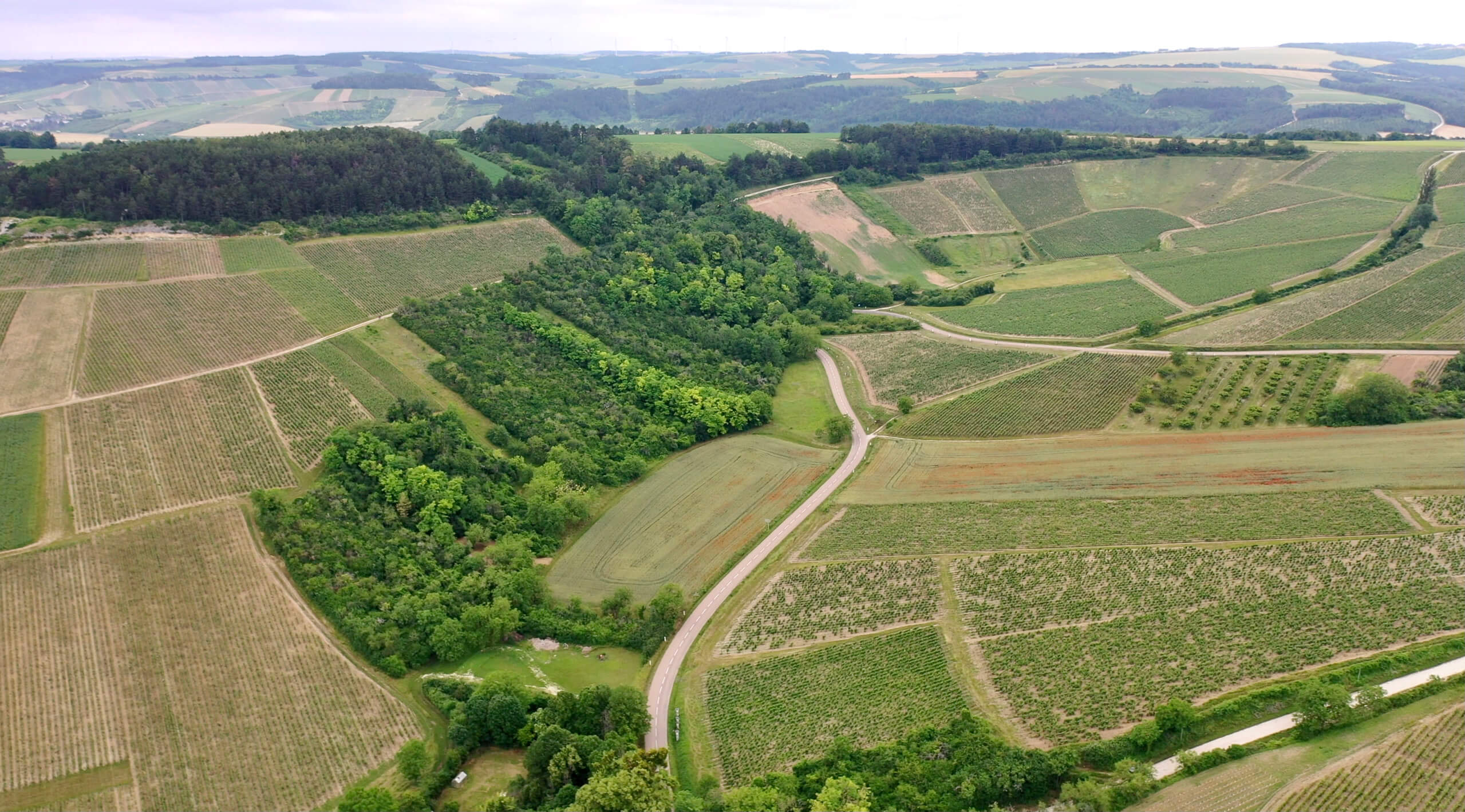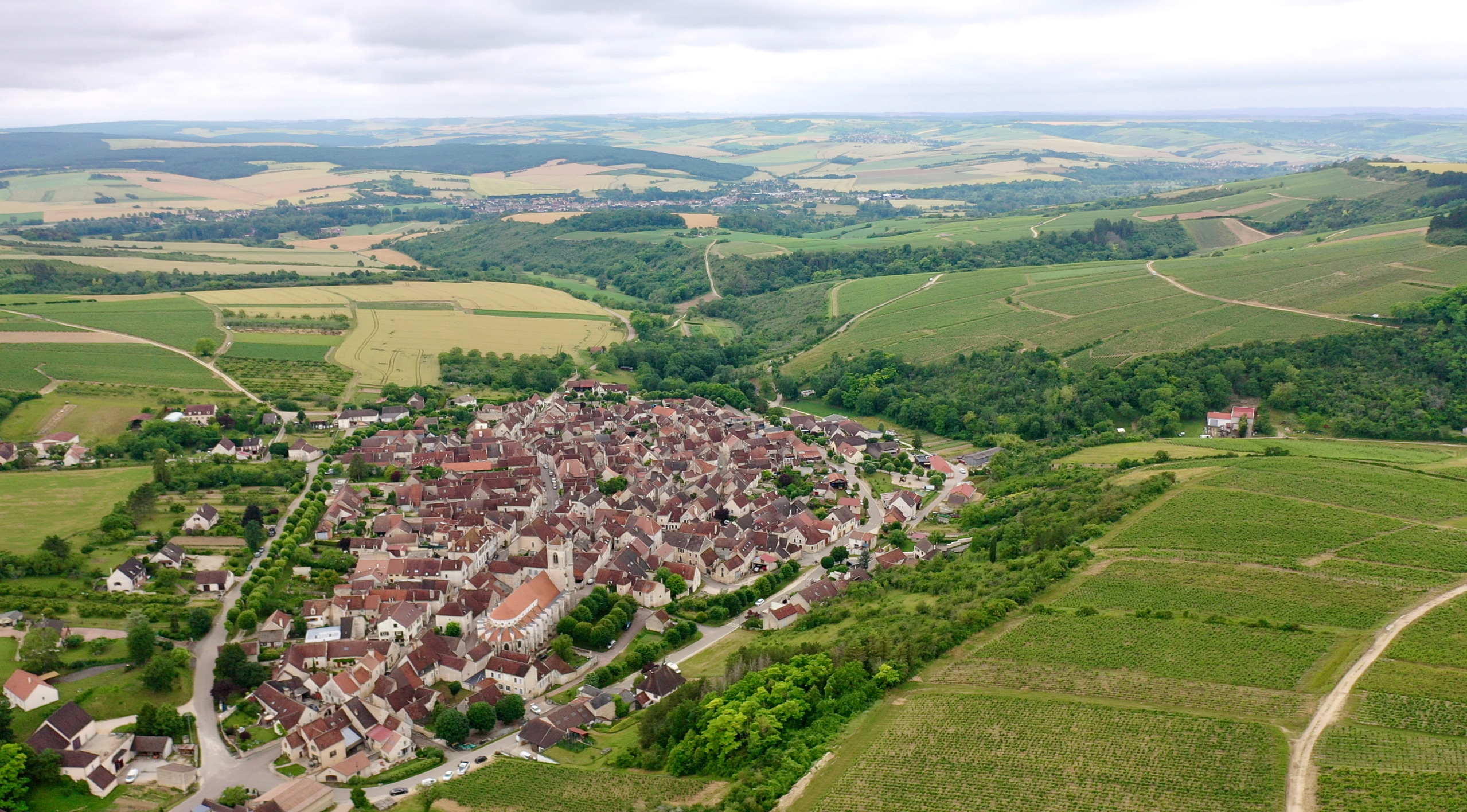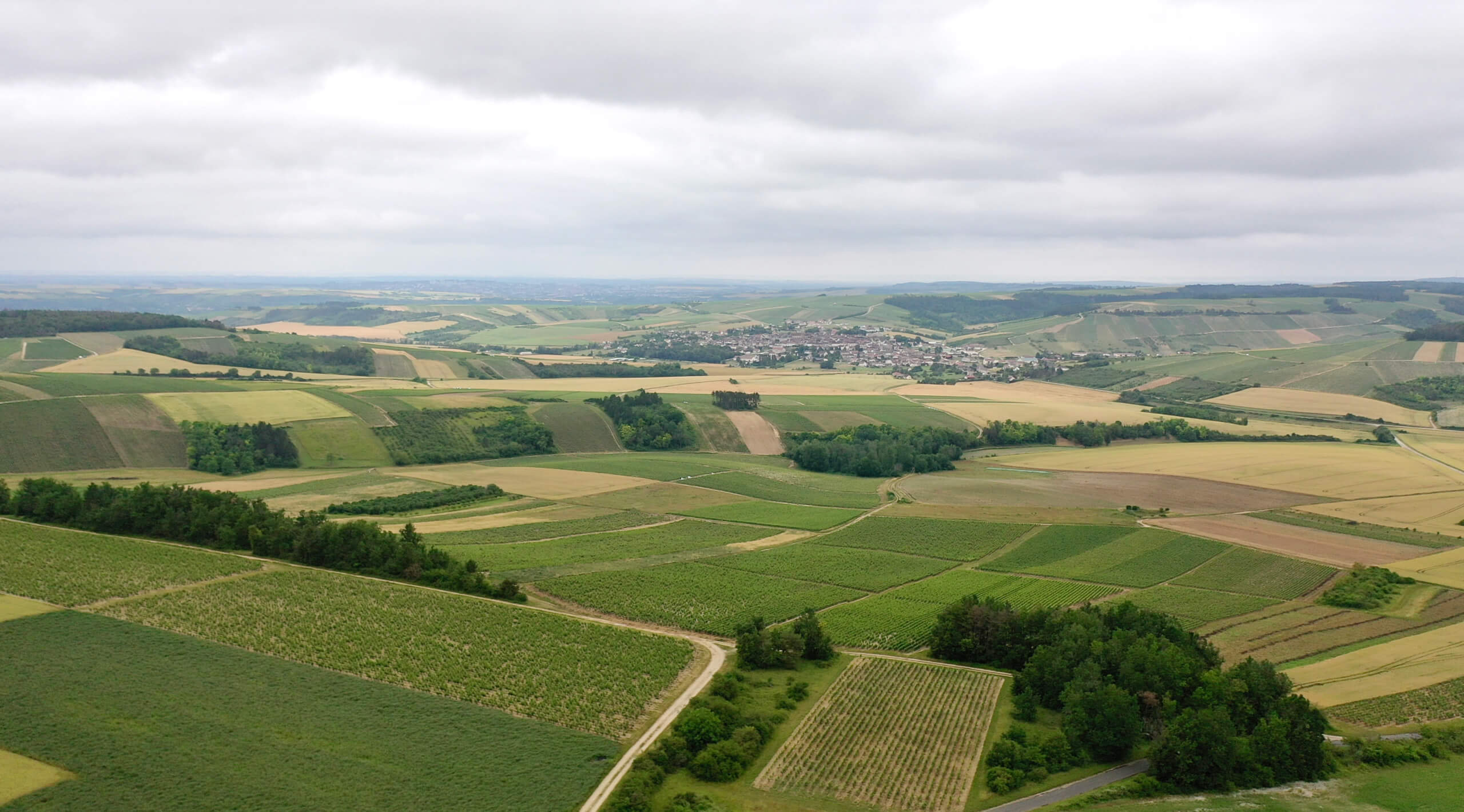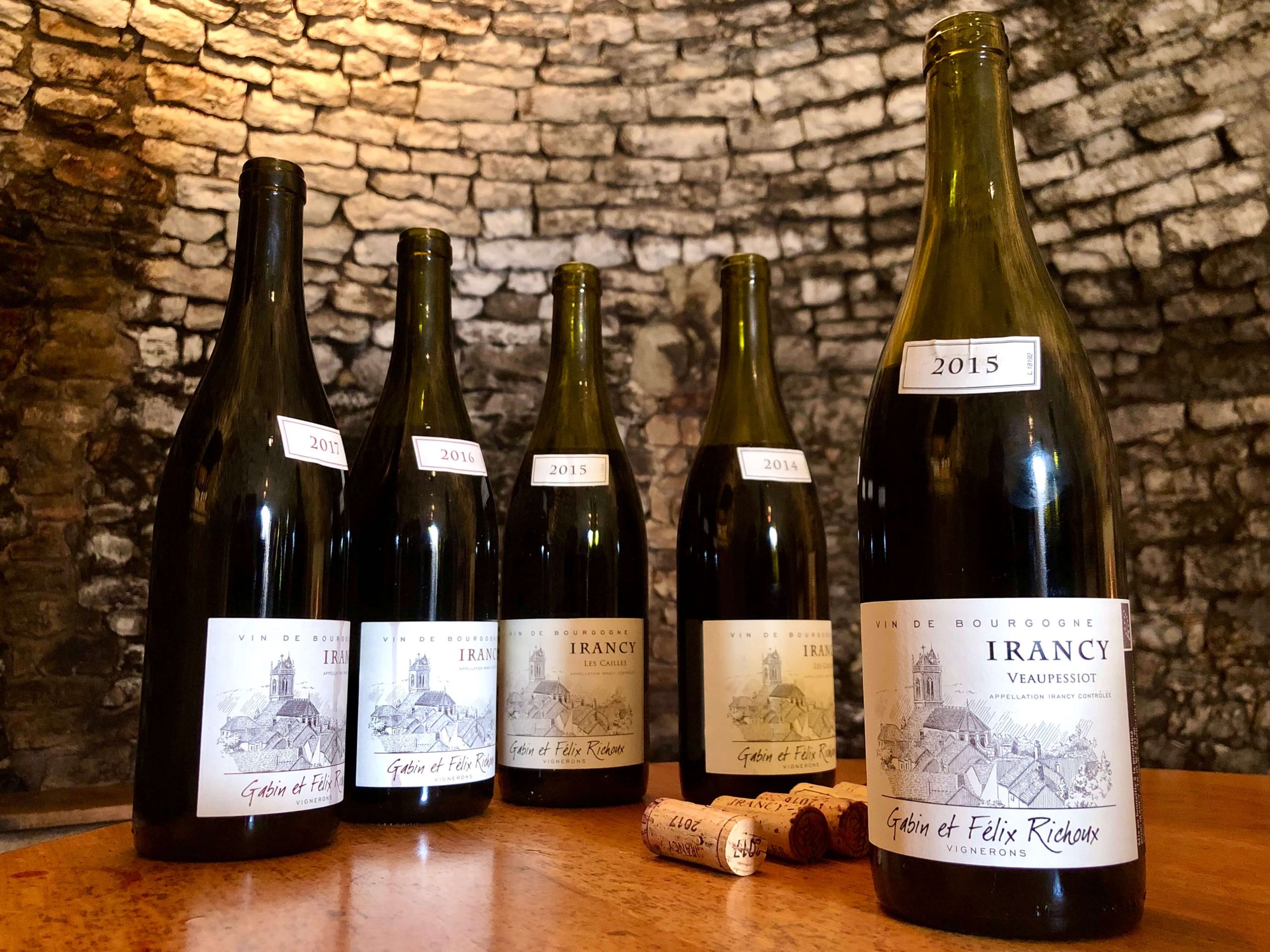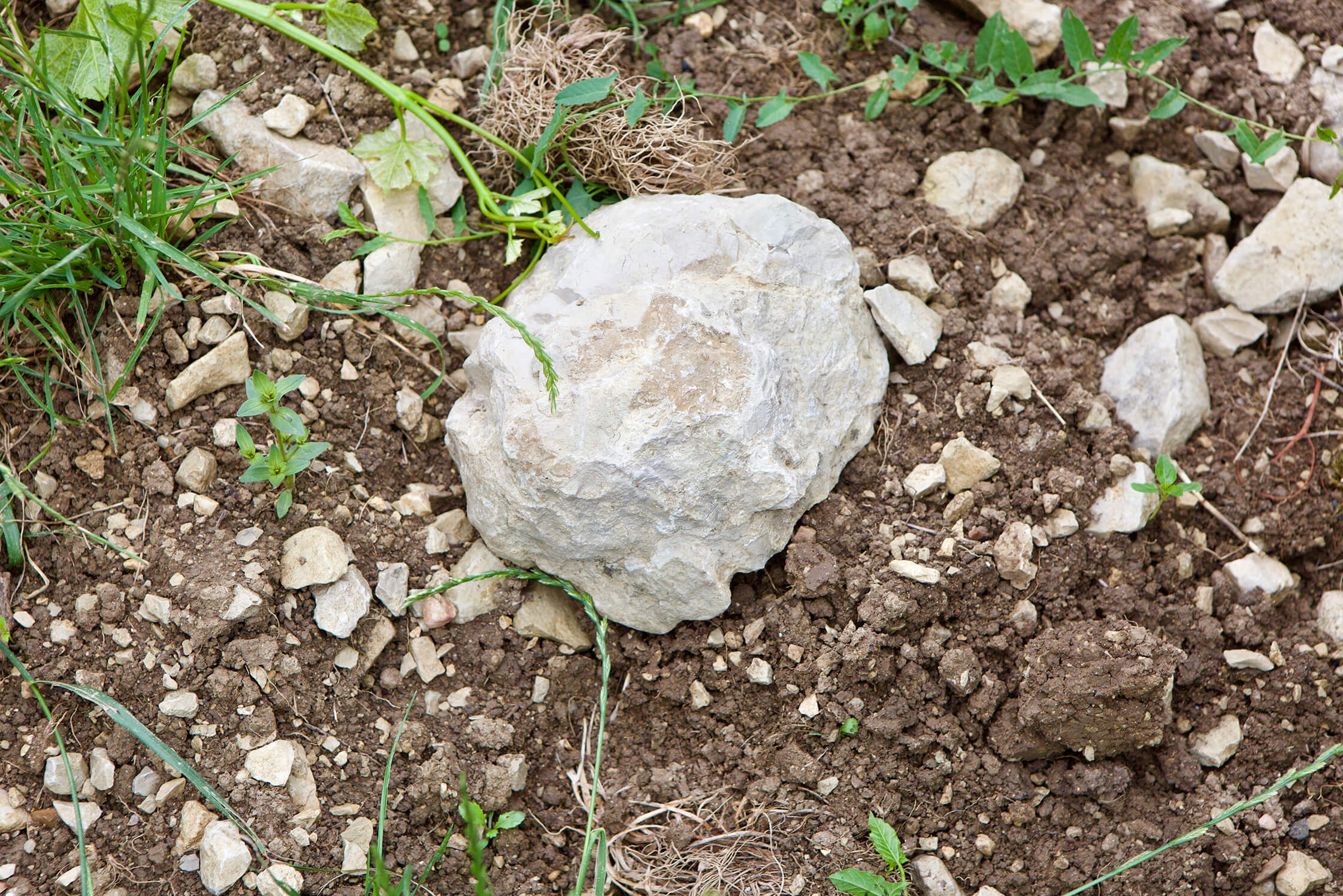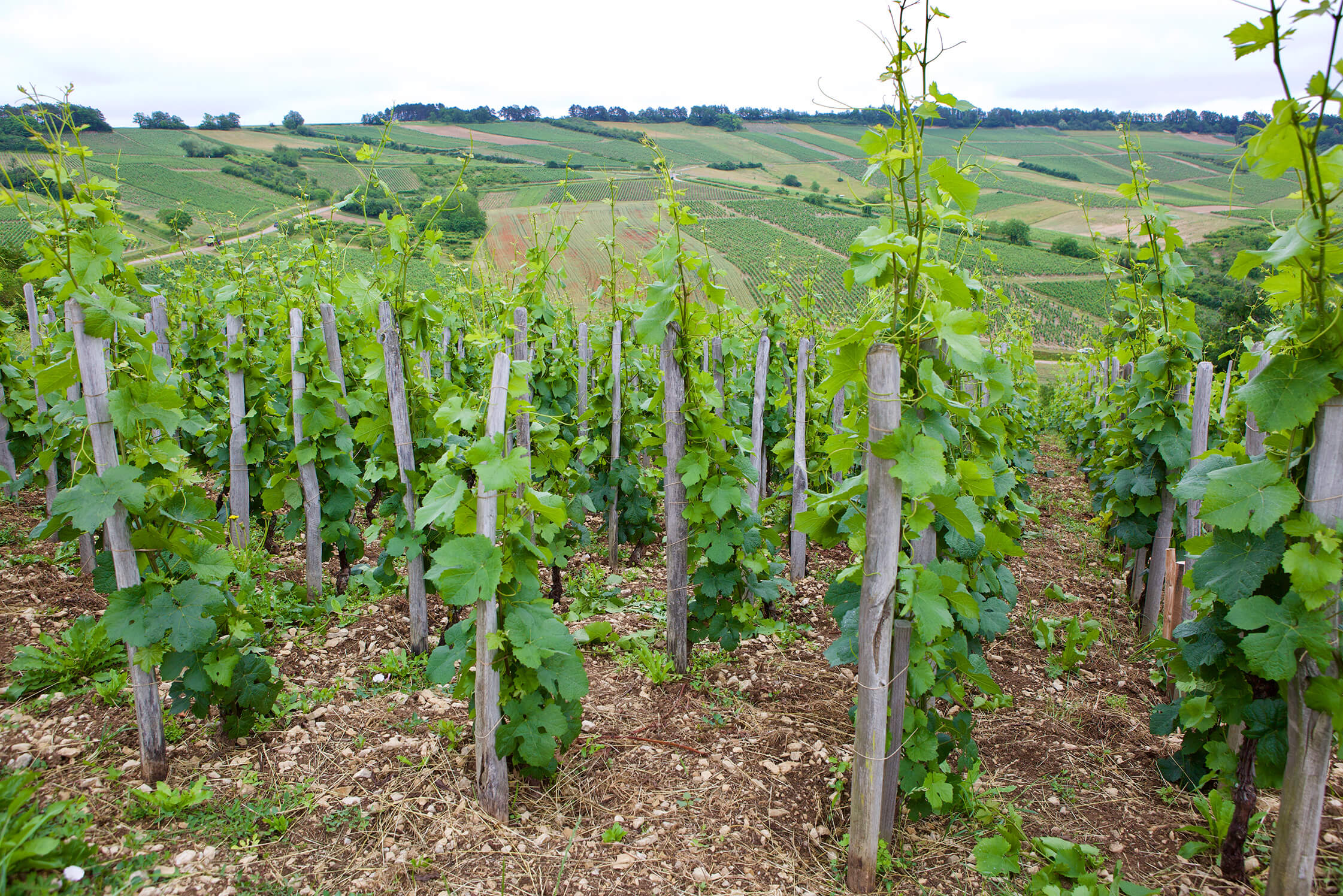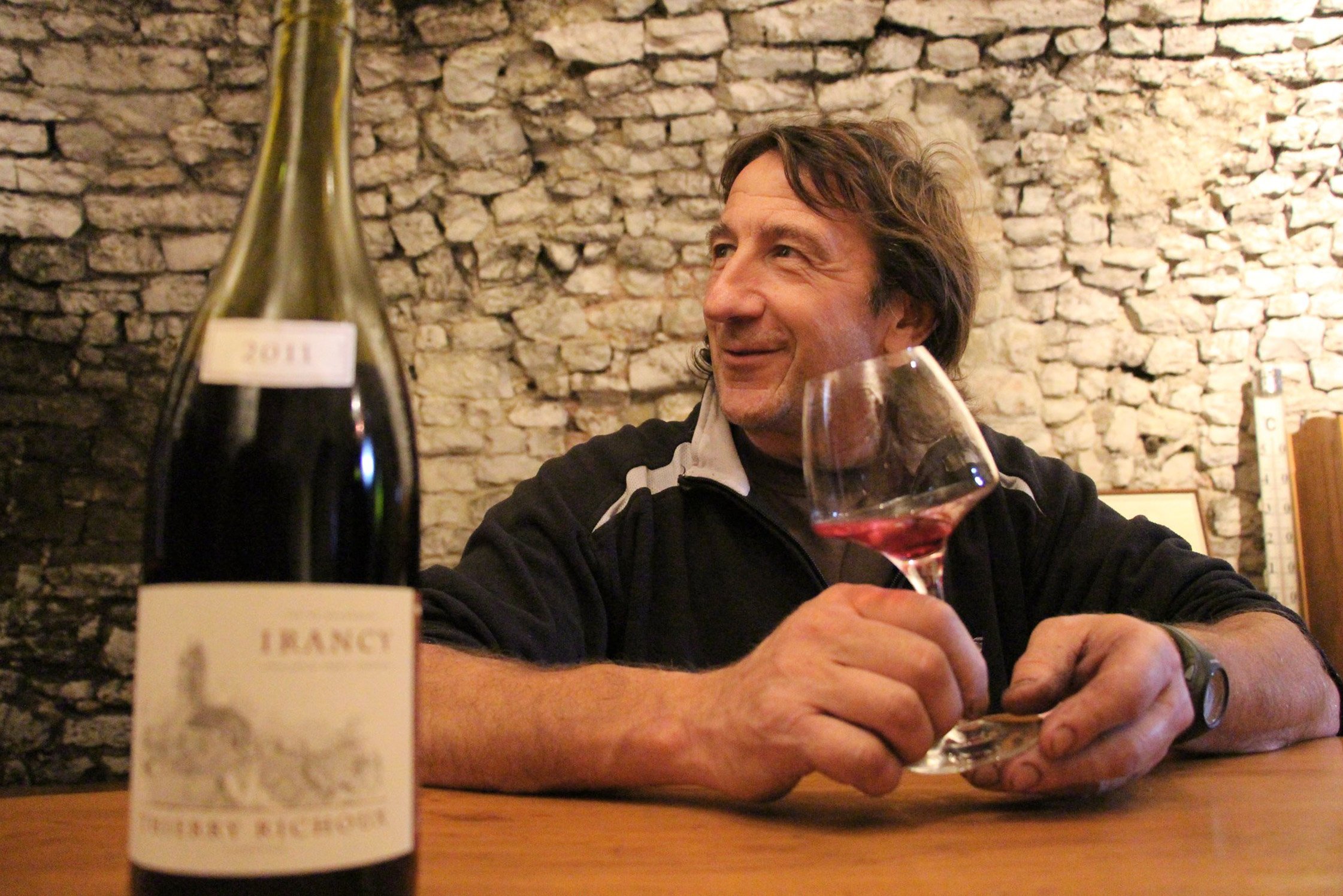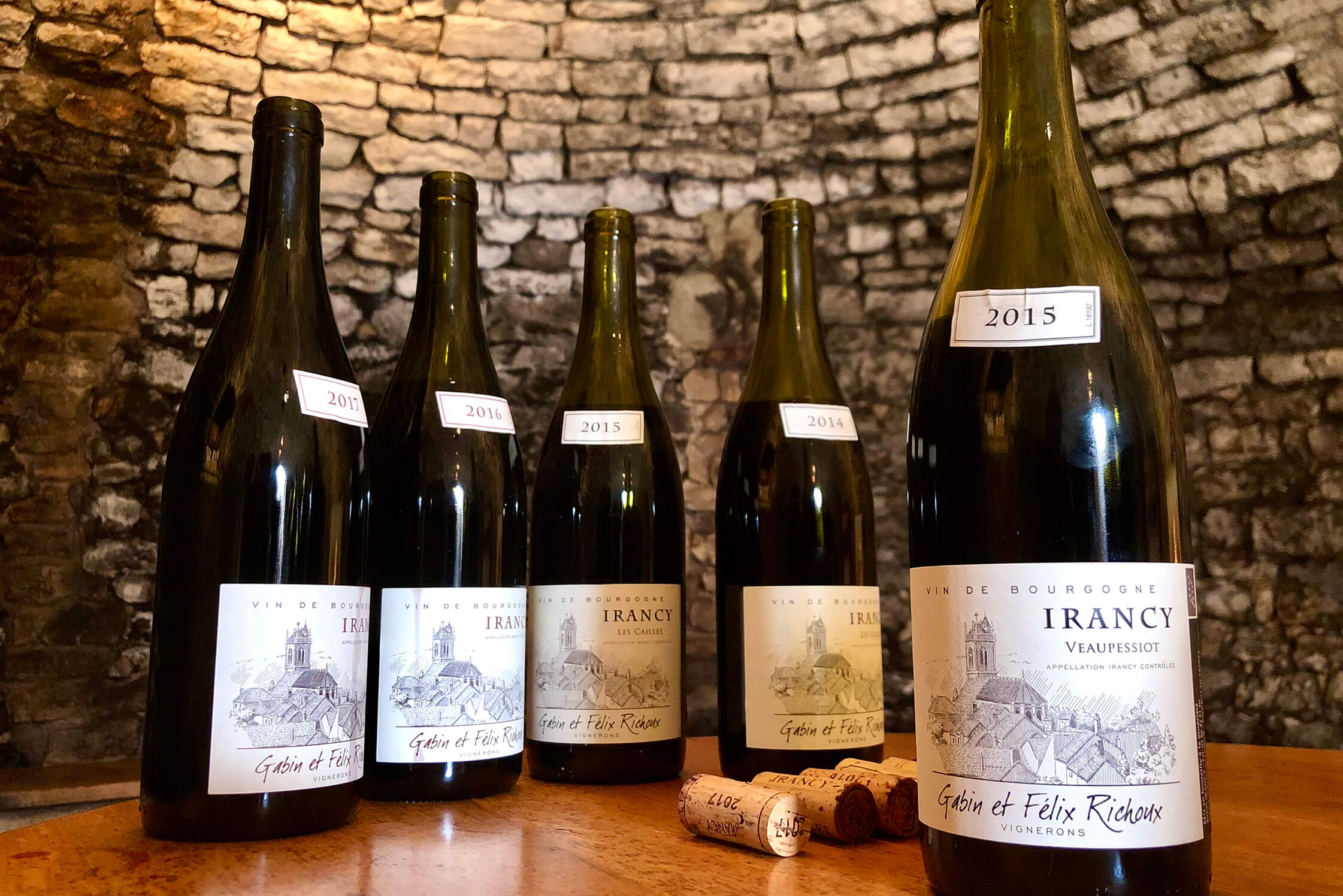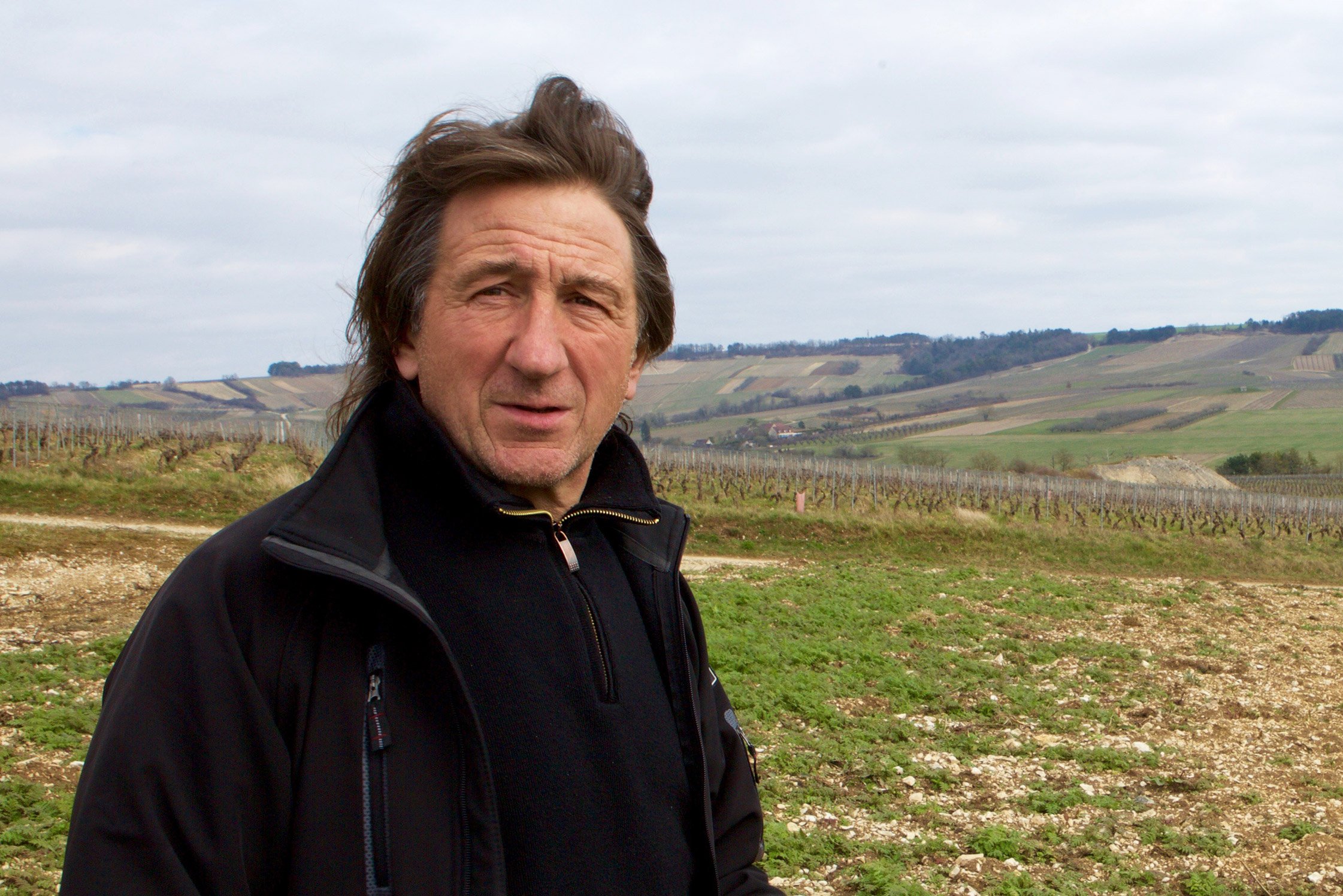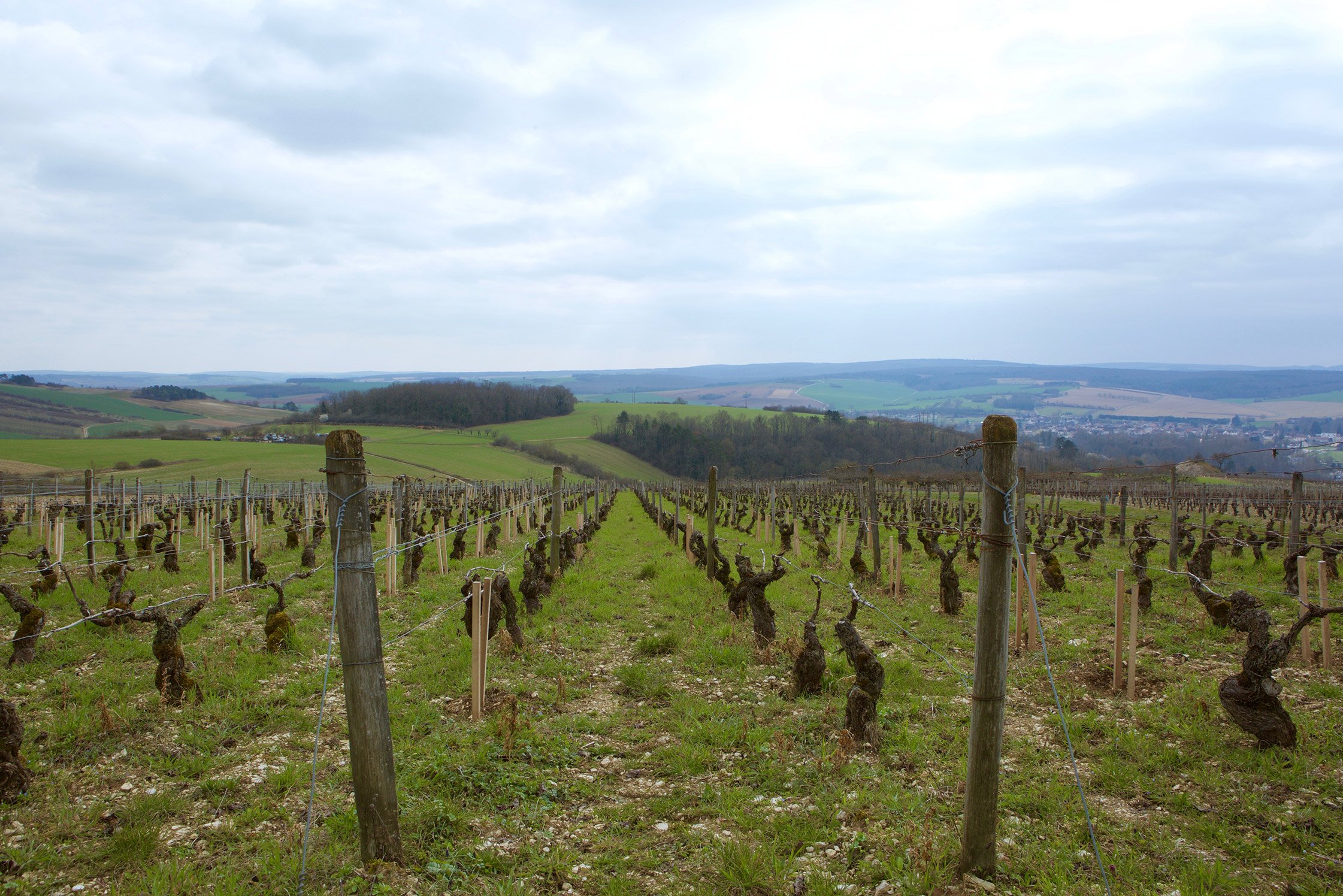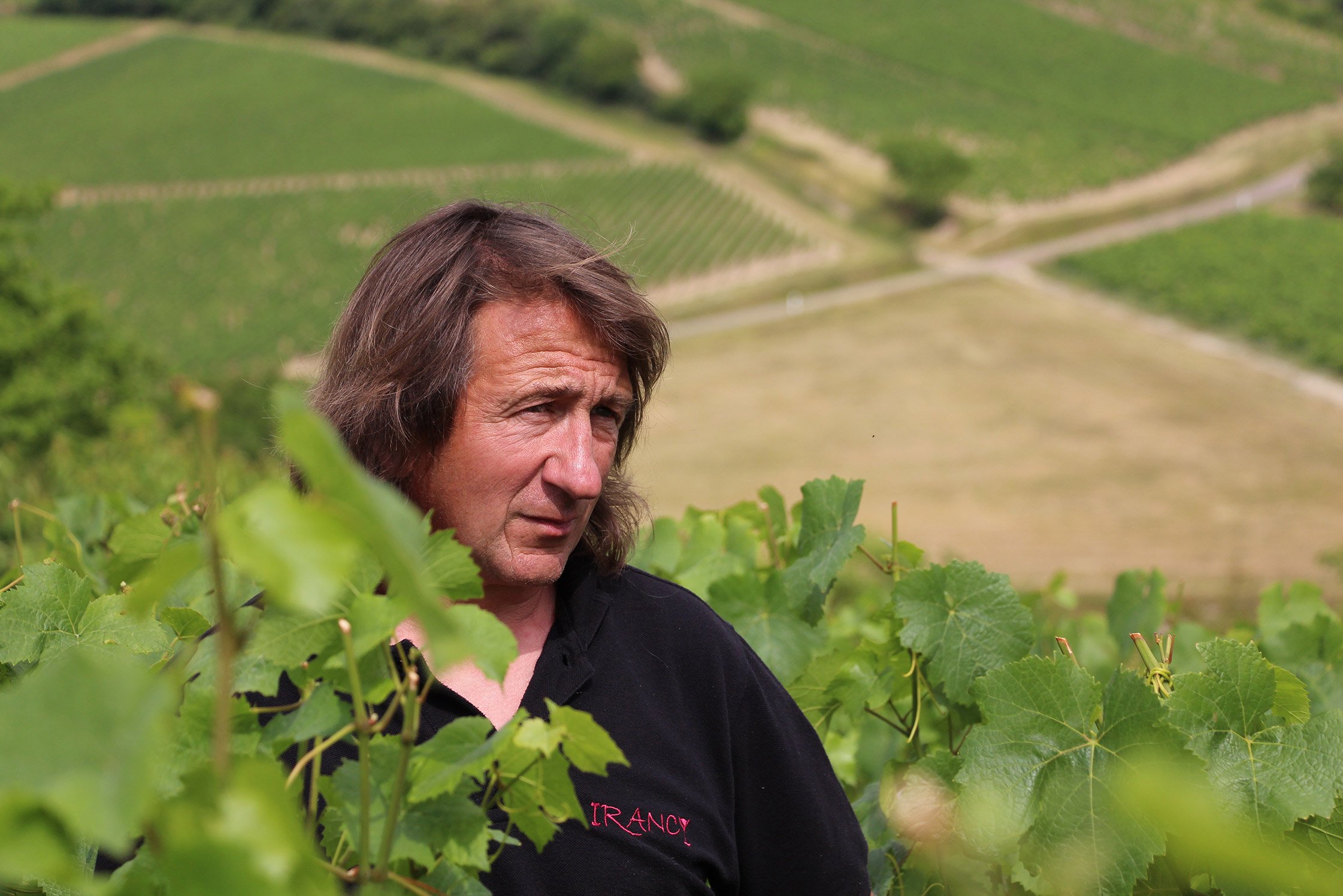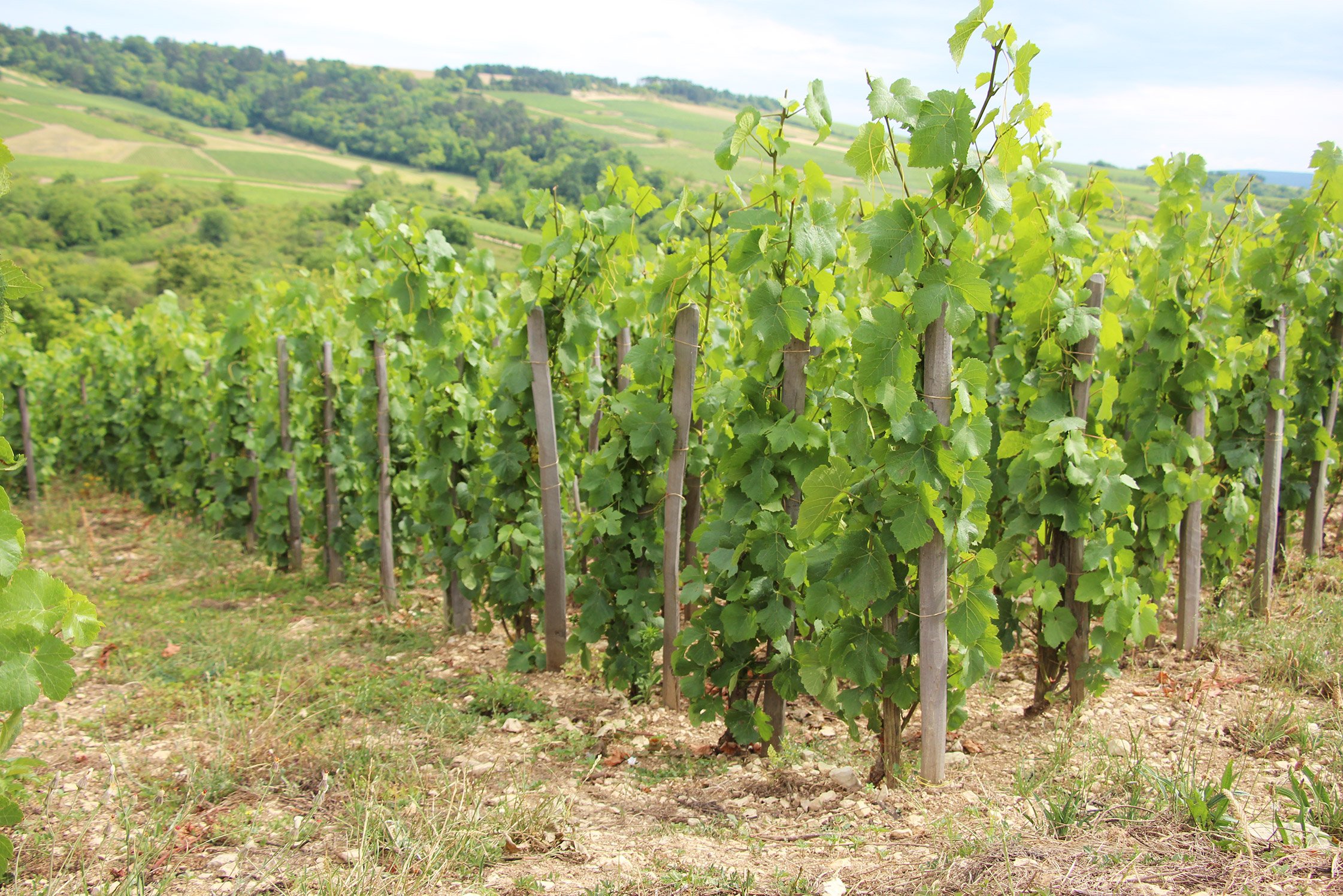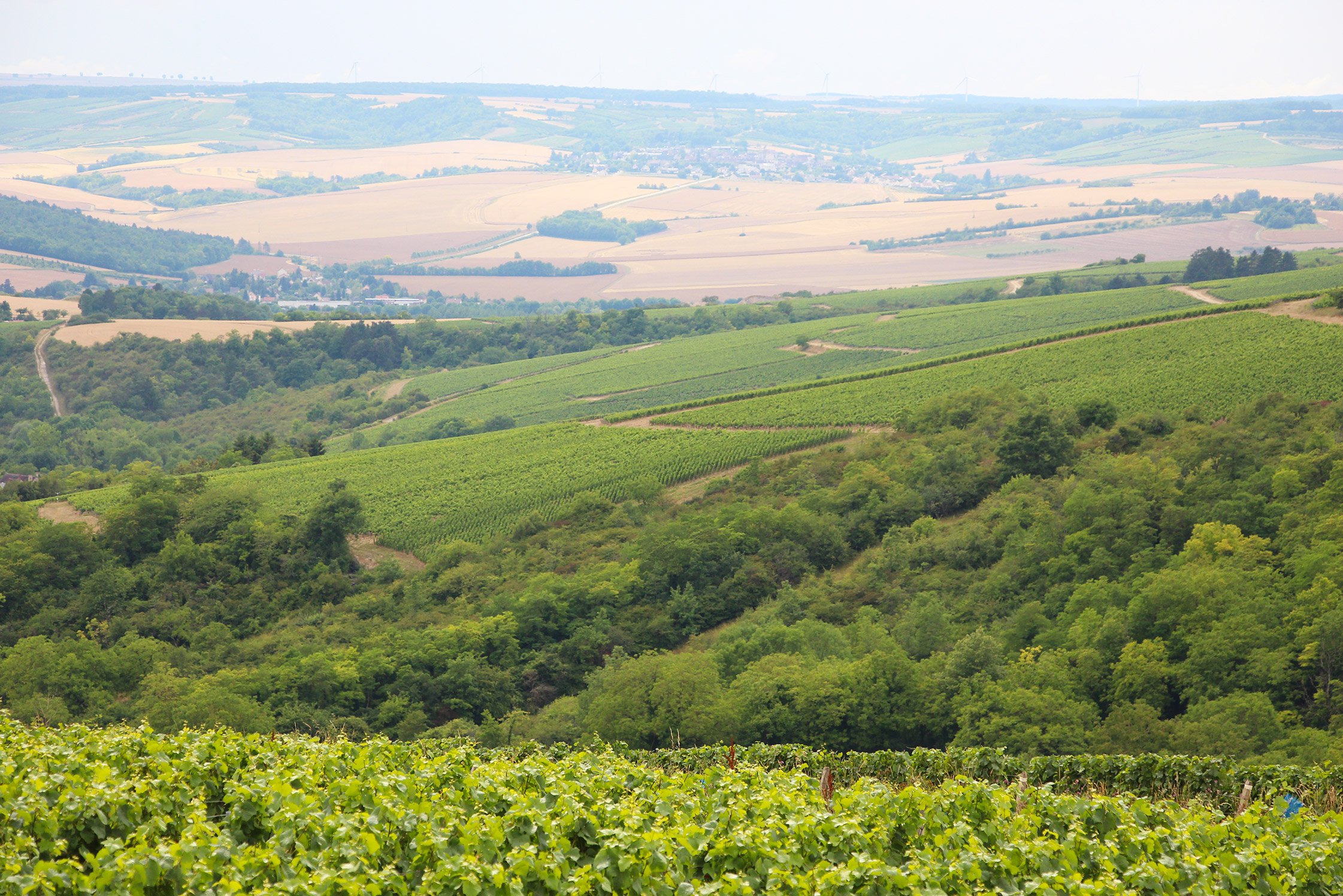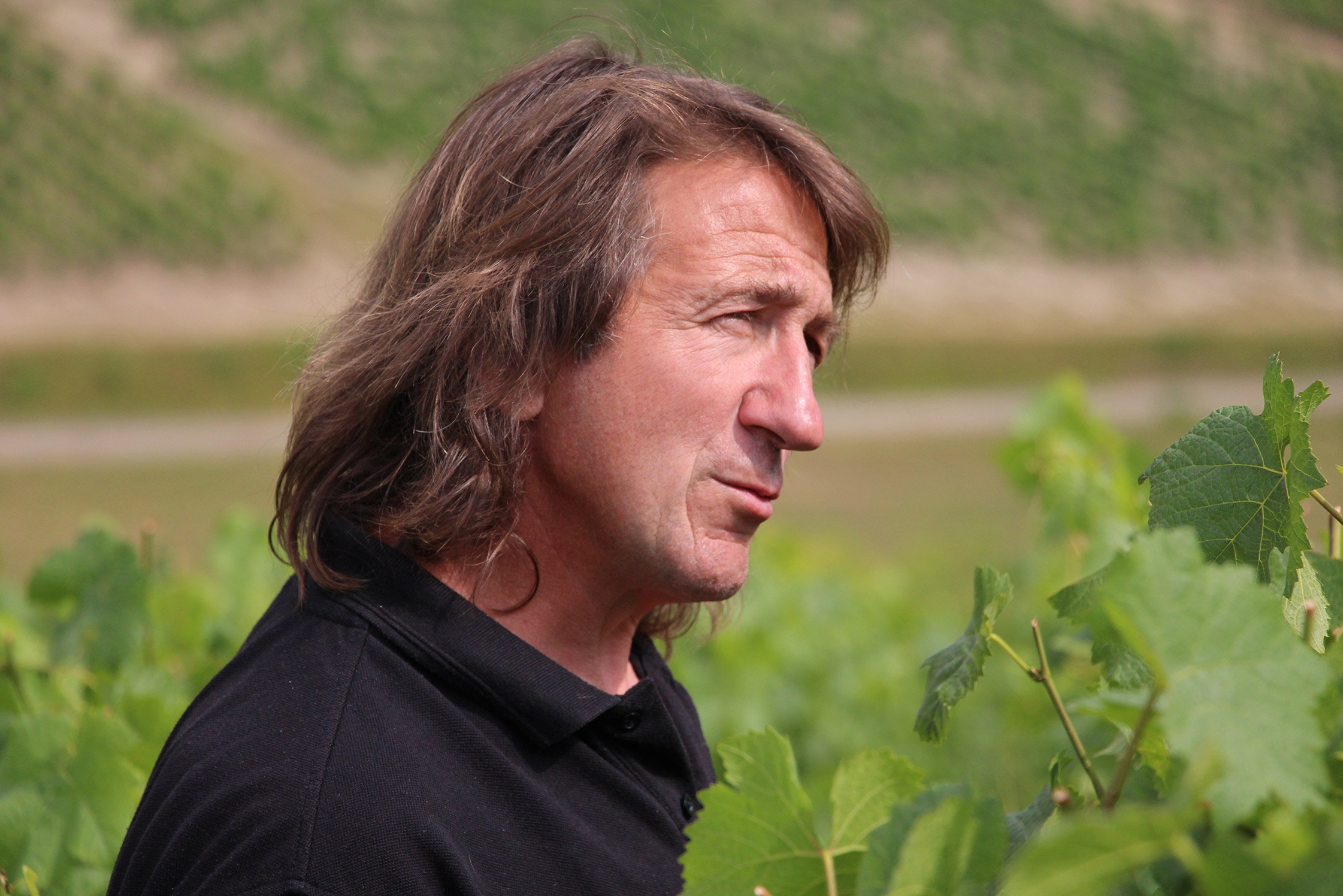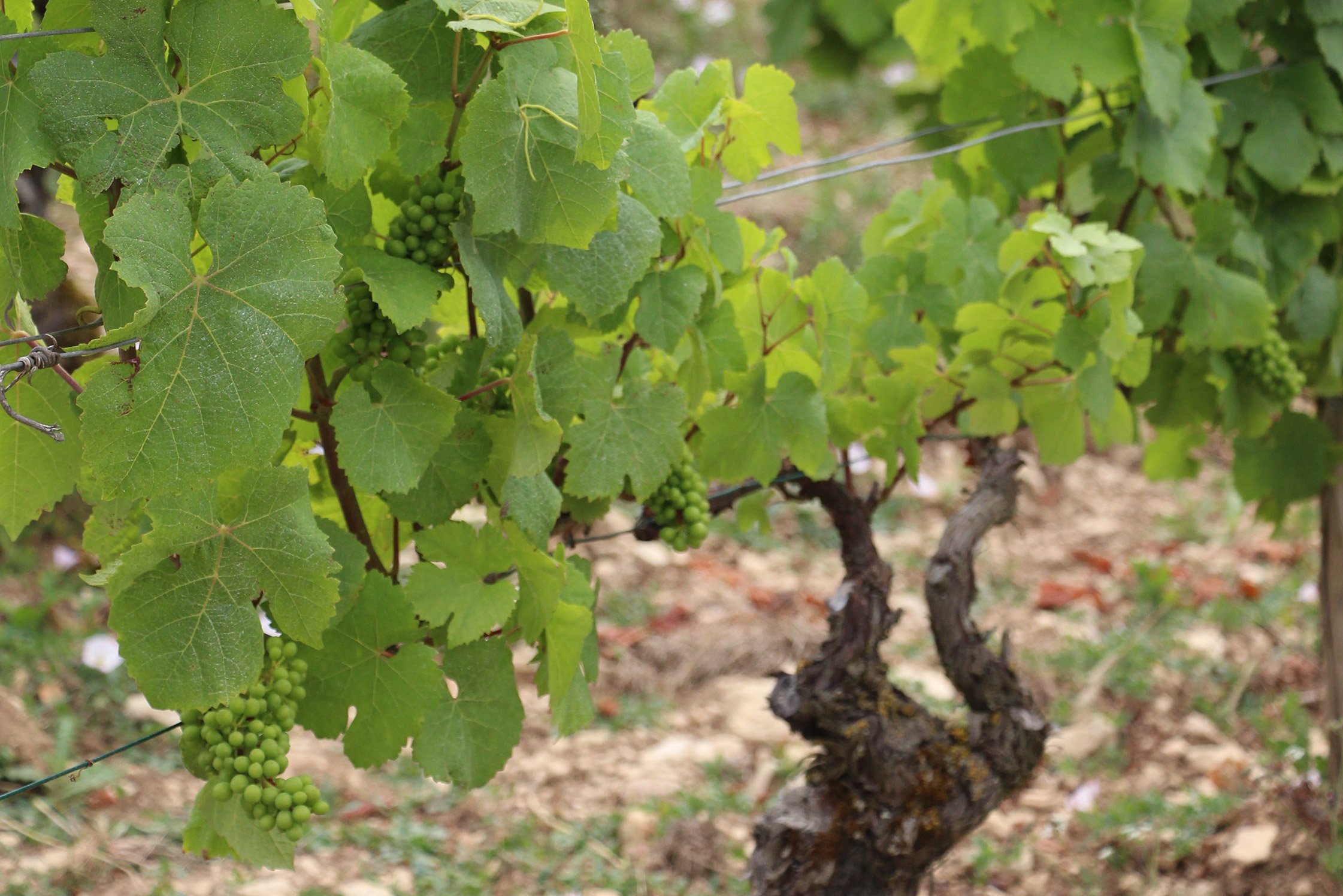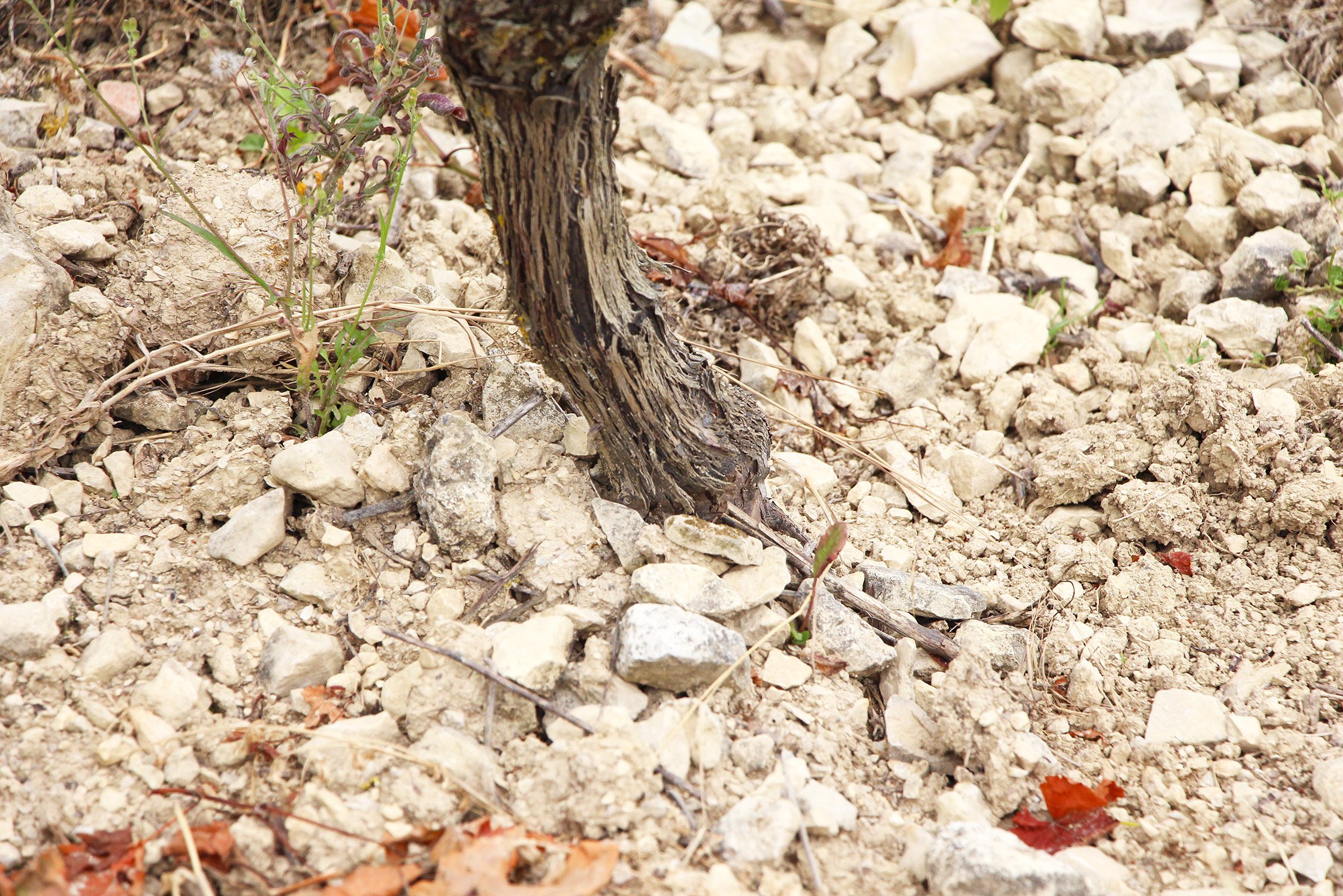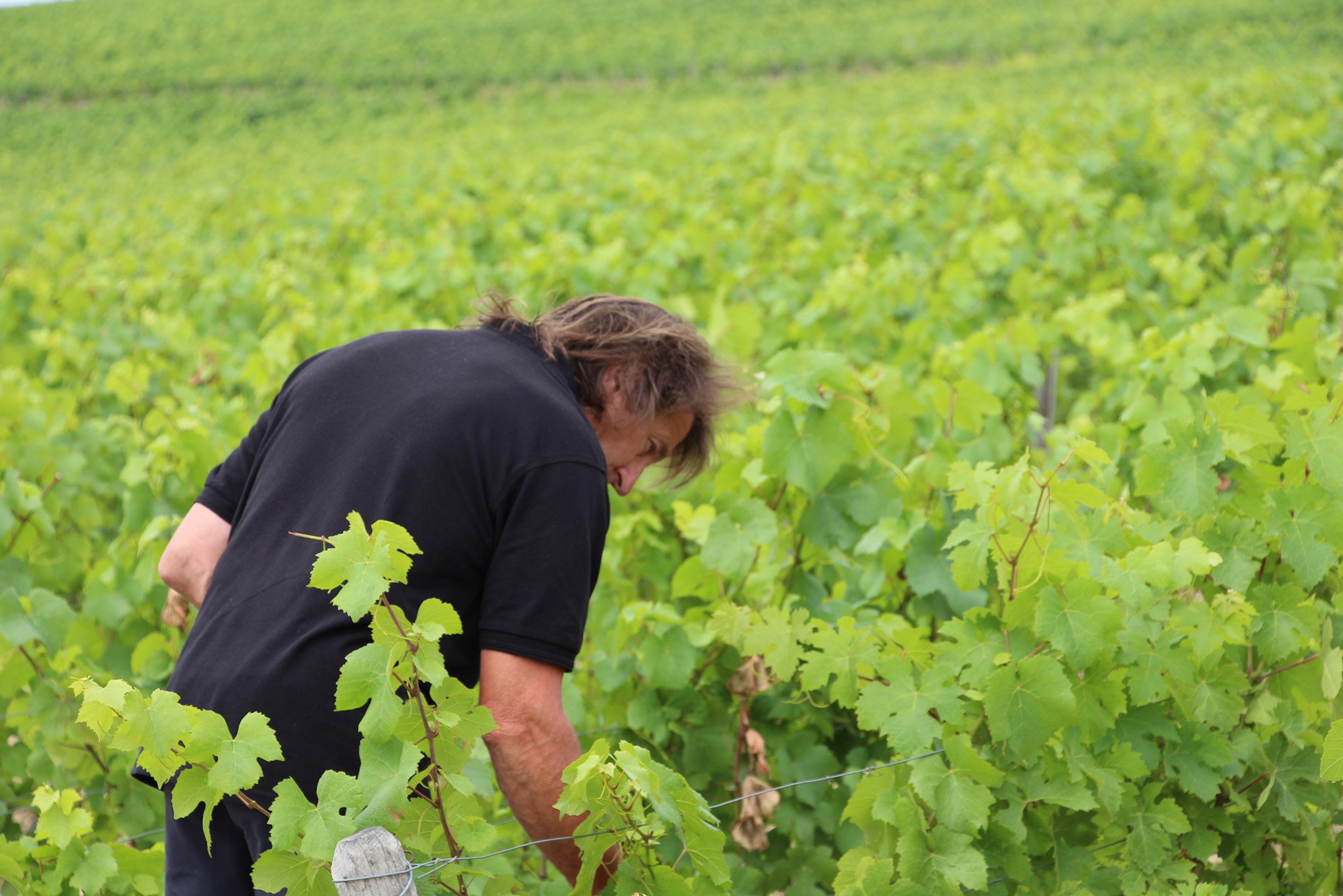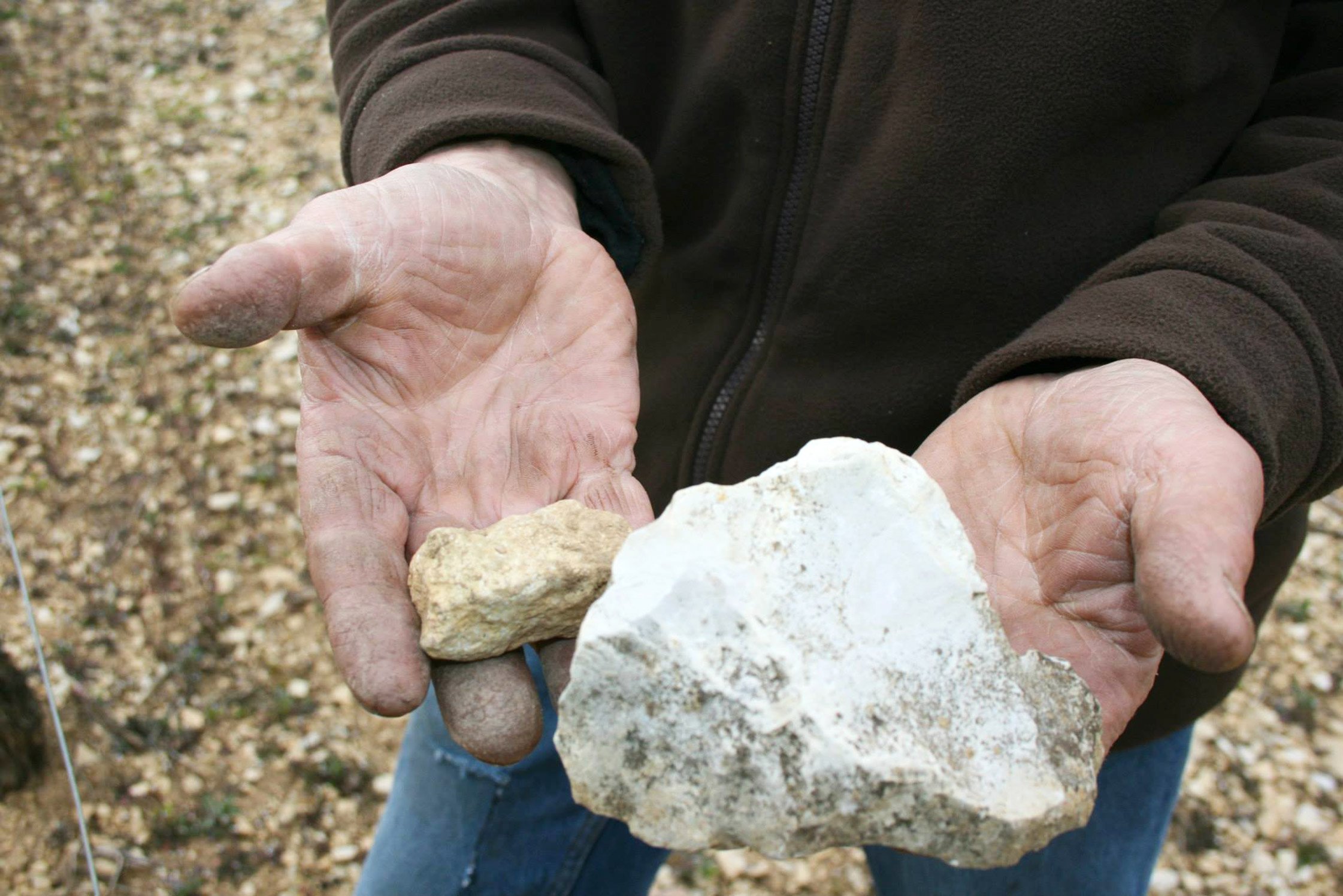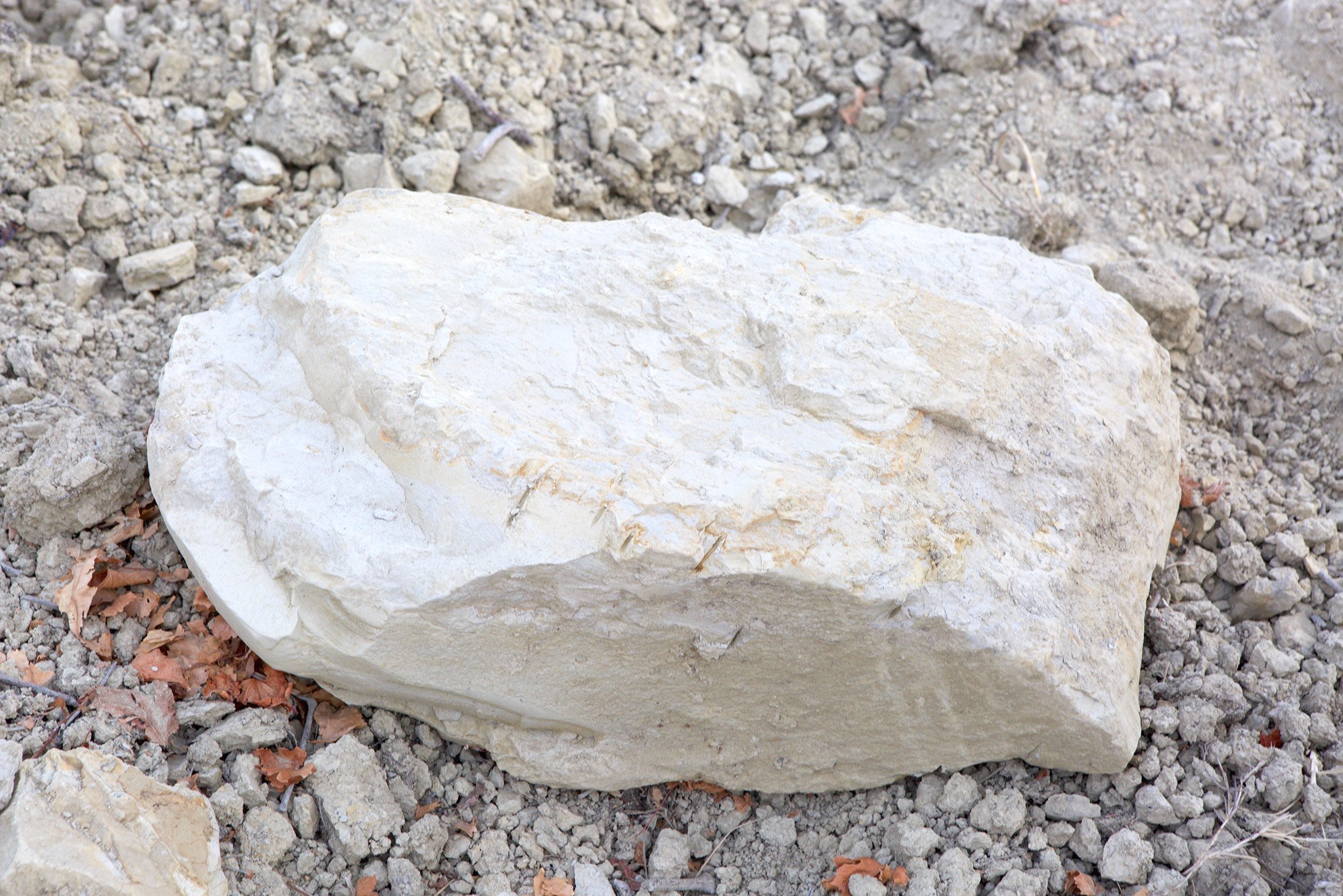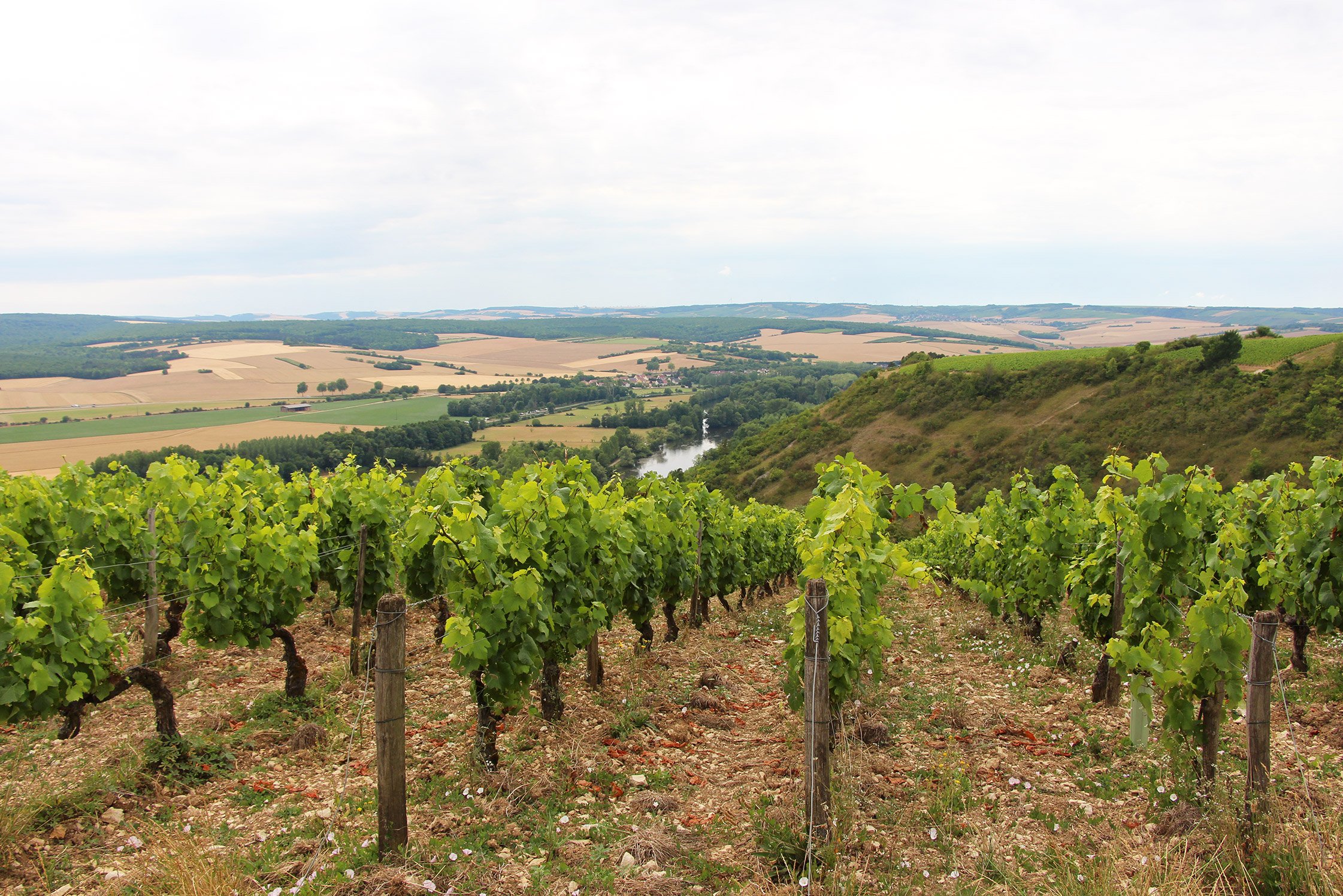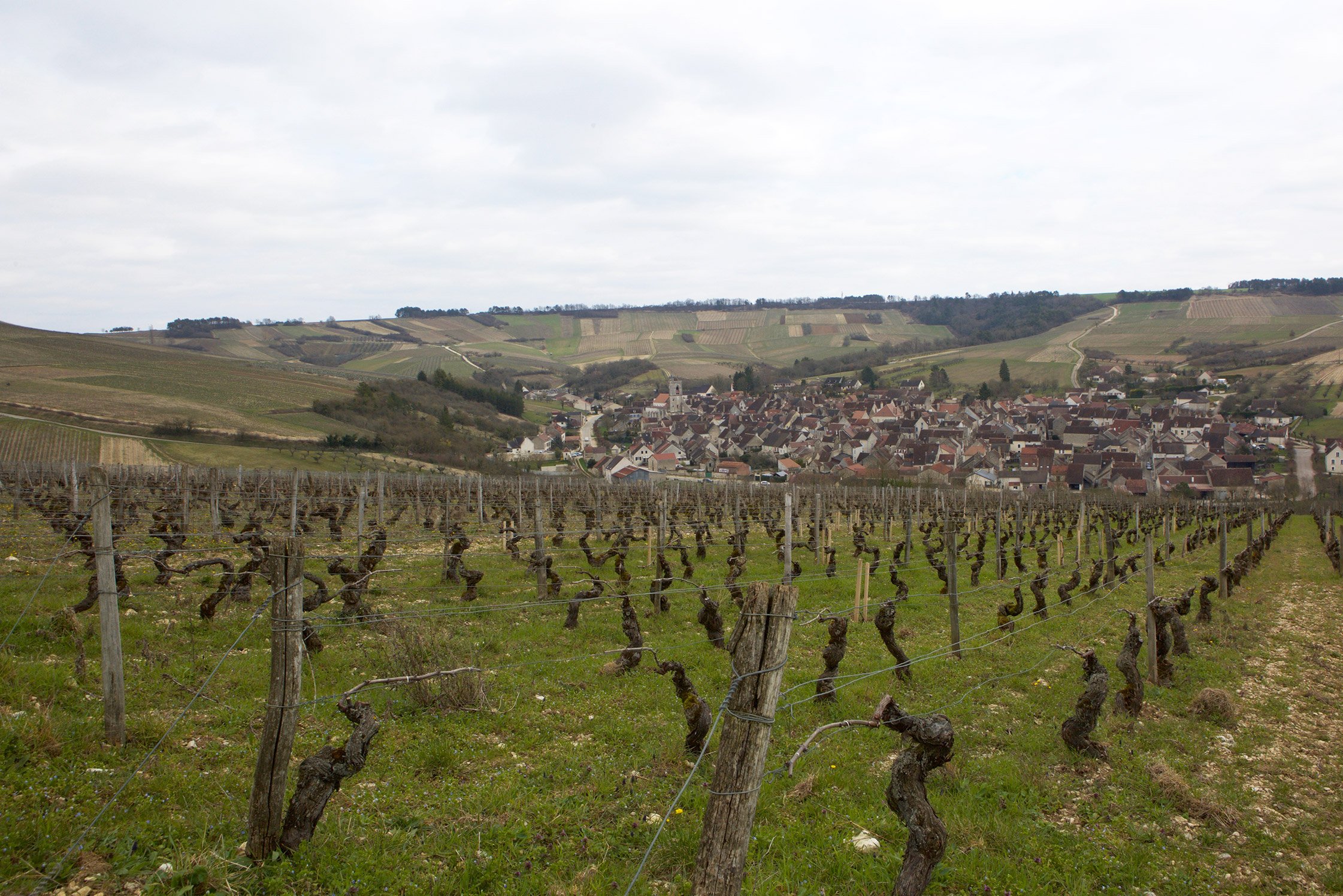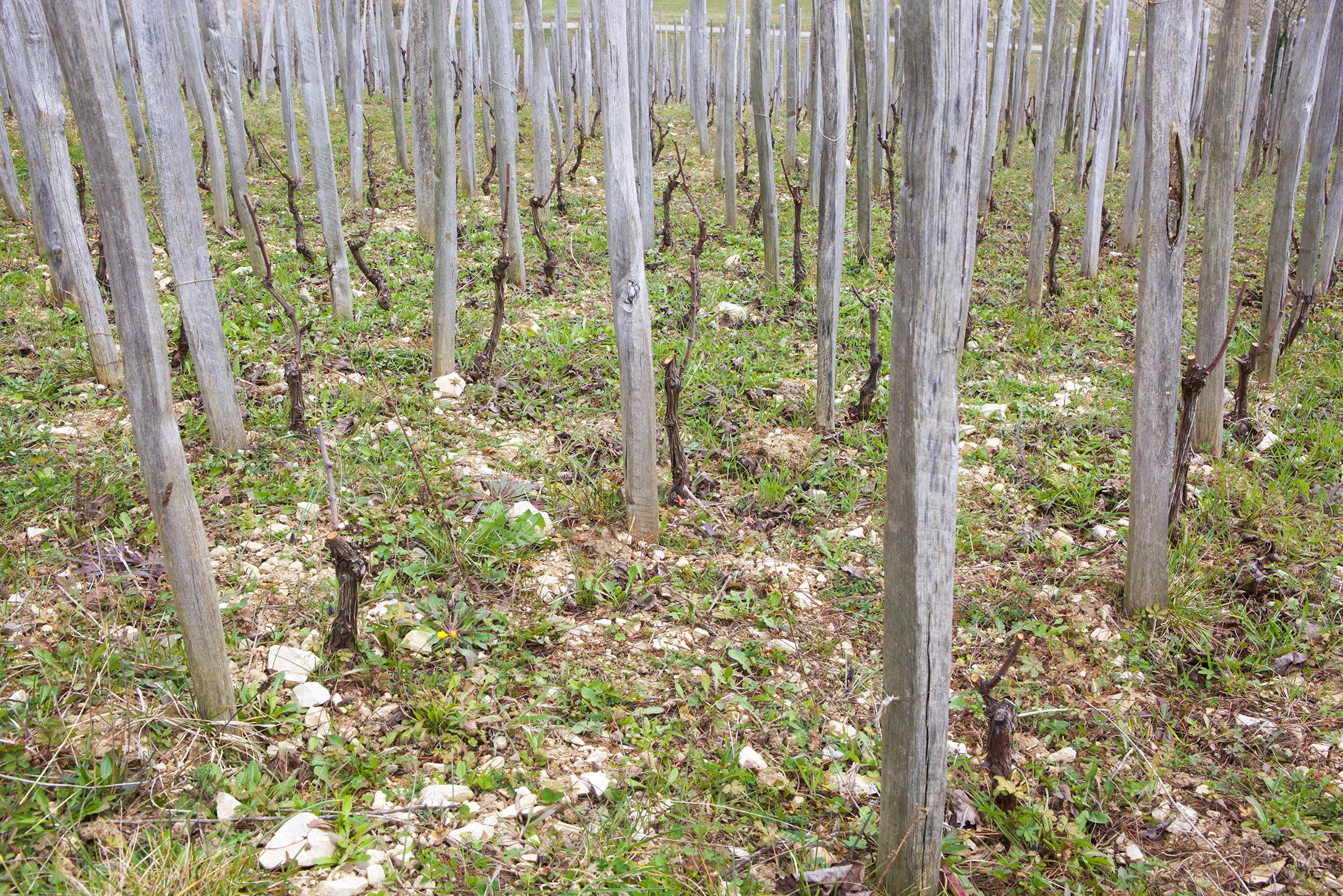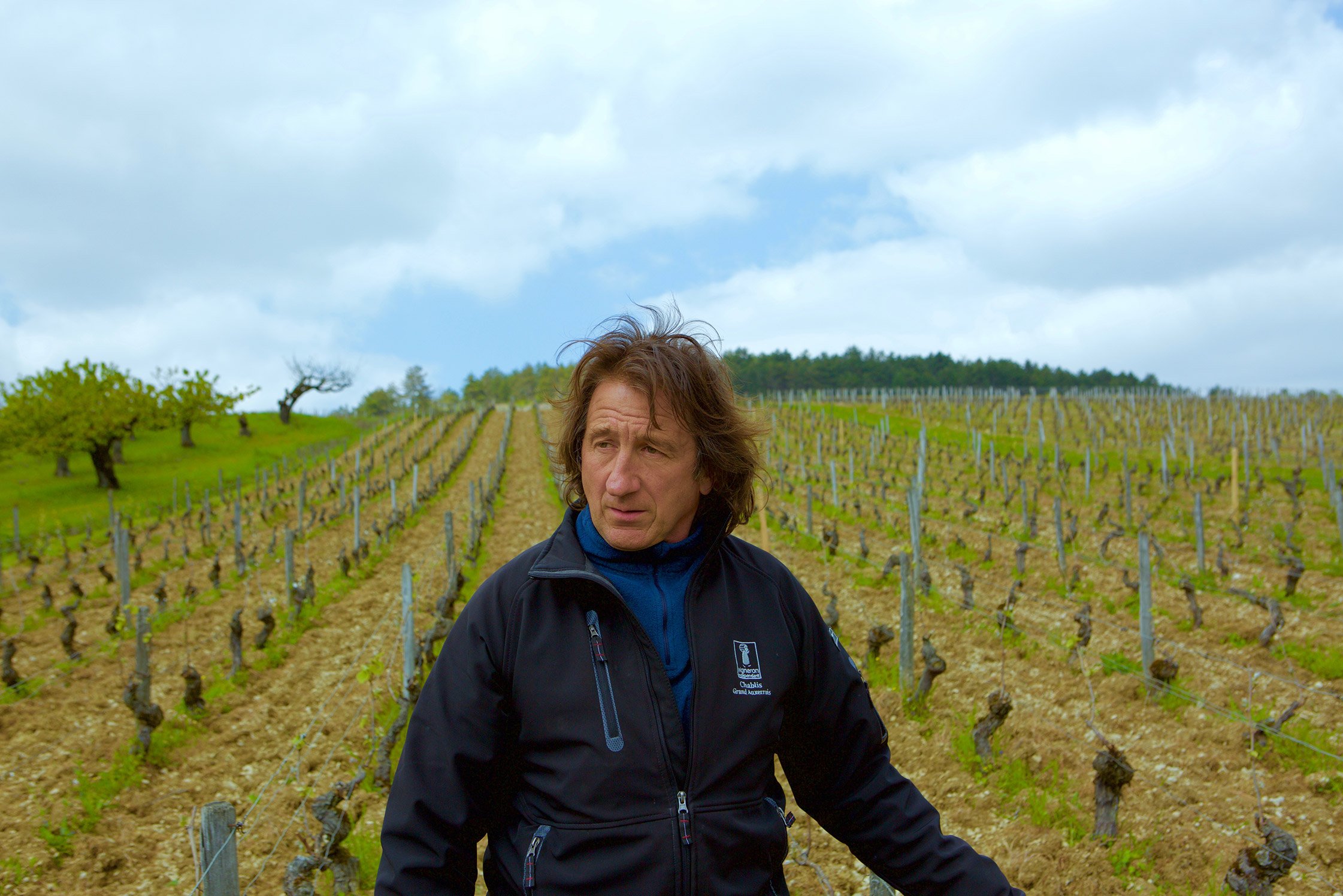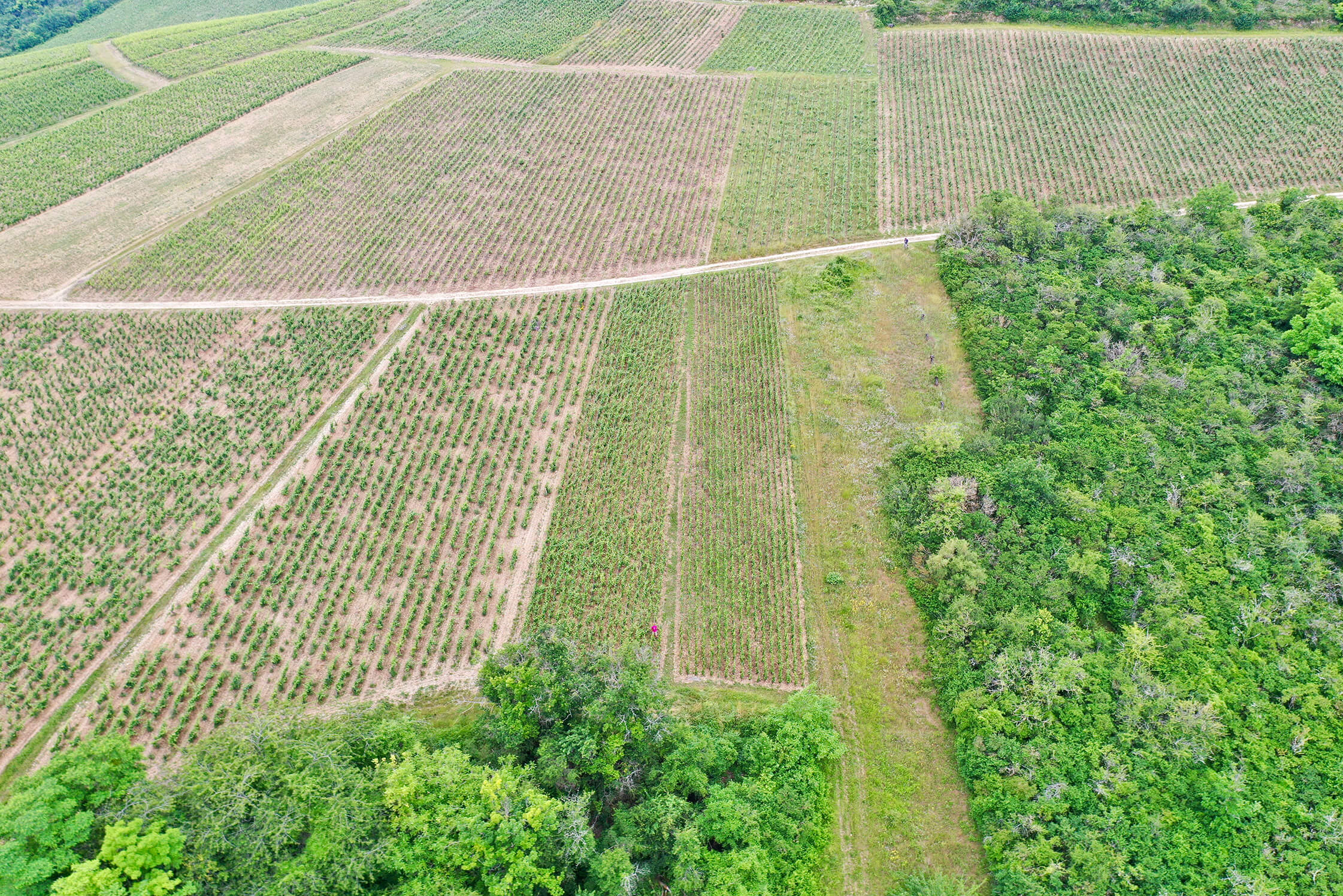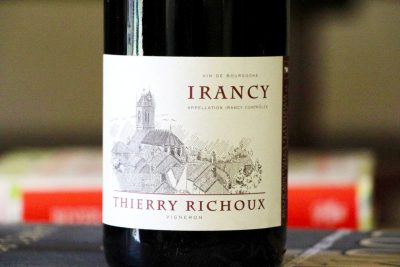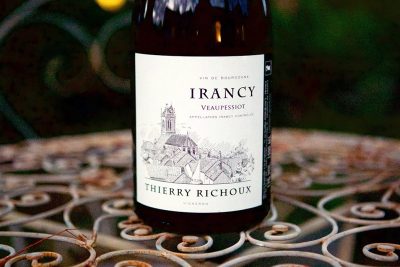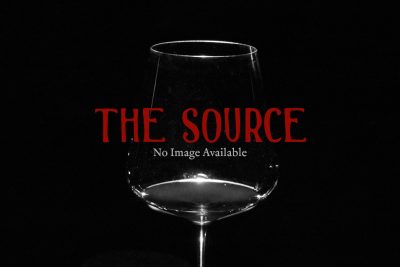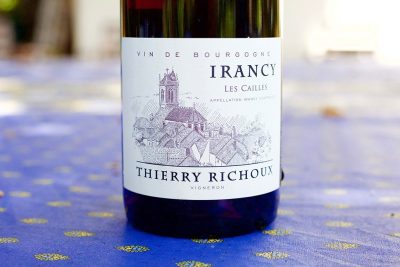About The Wine
Inside the Bottle: This rosé made from 100% Pinot Noir may be the most serious rosé you could find for its price. It is best drunk more than a year after it is bottled, which usually happens mid-summer each year following its pick. The wine shows the same through-line that you can find with all the wines from Richoux: Elegant expressions of orange peel, aperol, persimmon and griotte. The acidity of the wine is striking and elevates this wine well beyond your typical rosé. Despite its seriousness, it is also very approachable. Be careful with this one, you might get addicted.
Terroir: Like the rest of the appellation, the primary soil structures are limestone and clay with varying differences in soil depth from the top of the hill to the bottom, top being the most spare in depth and the bottom the most profound. What is important here is the aspect. Most of the rosé wines are made from Pinot Noir that grows on the north face of this horseshoe shaped appellation. Because the north doesn’t get the same access to the sun, it is hard for it to find its full ripeness to make a still wine.

